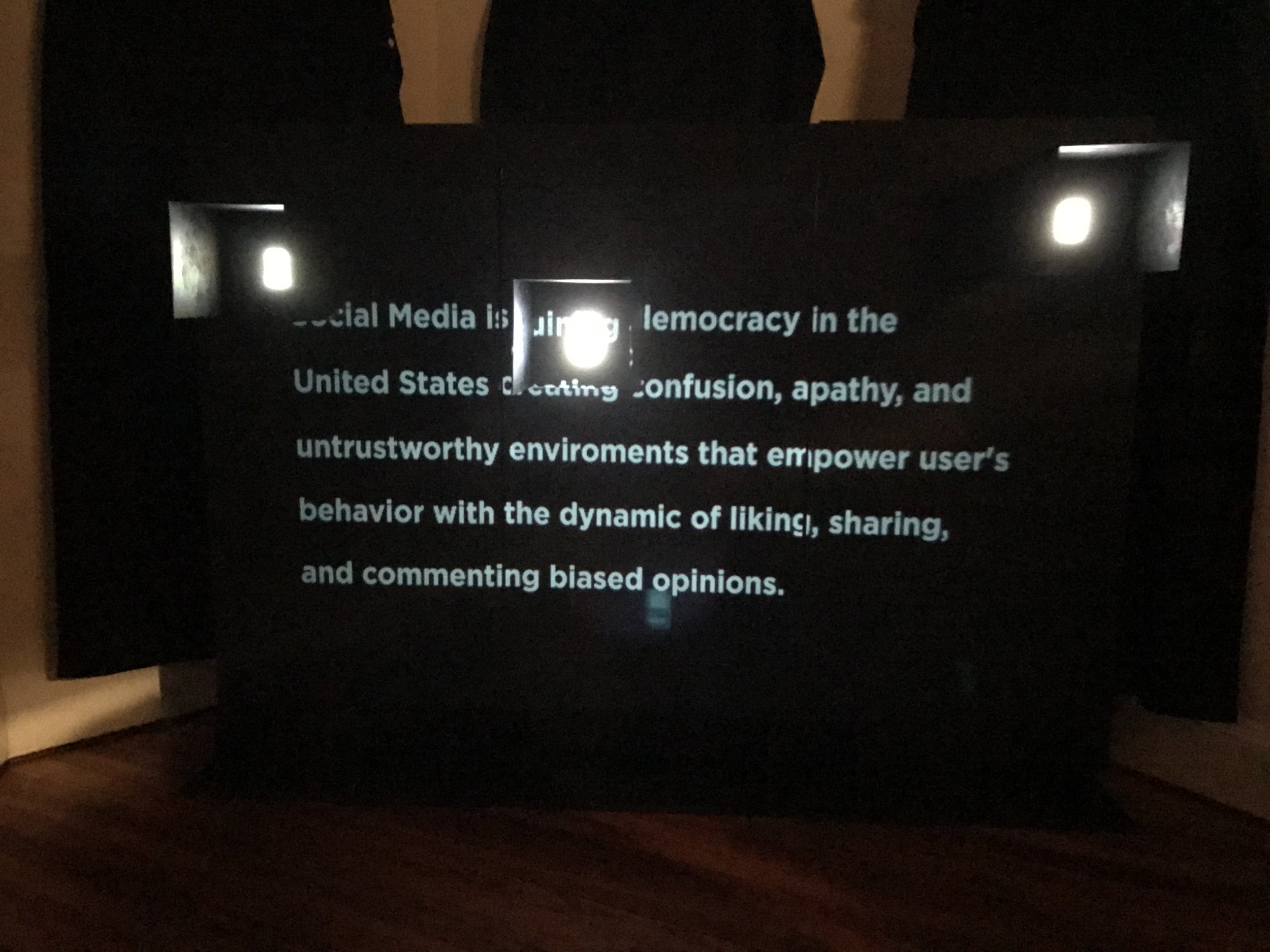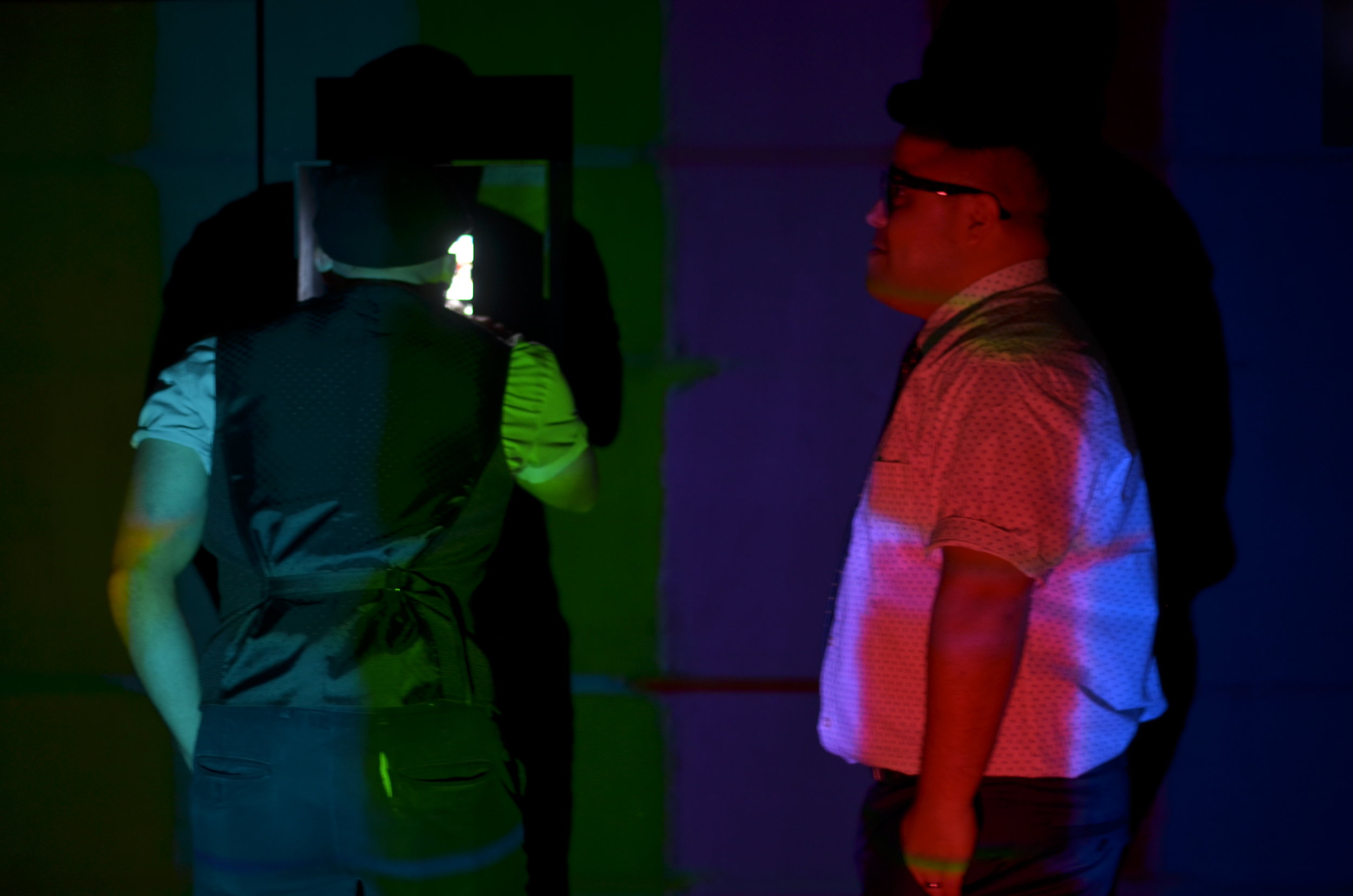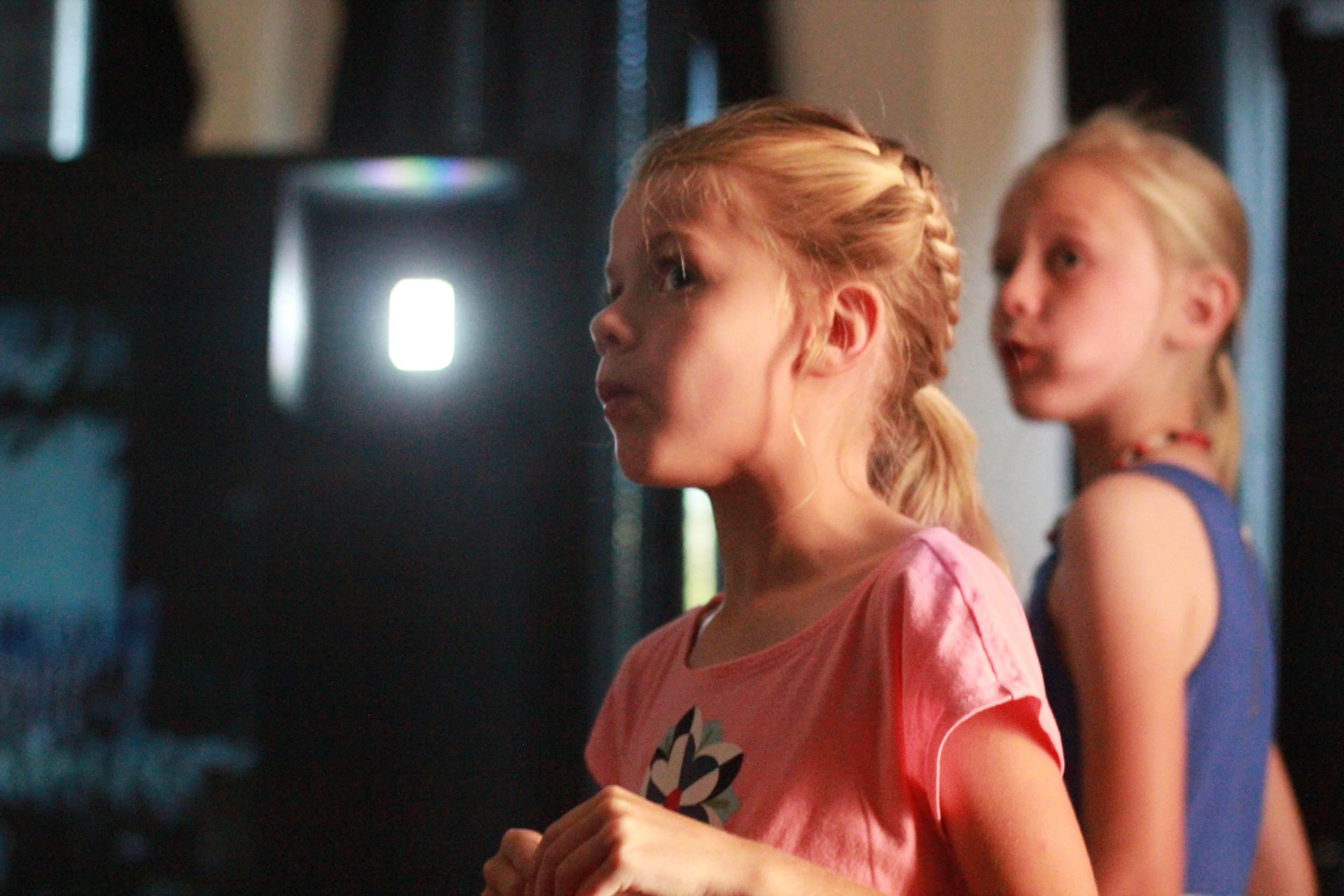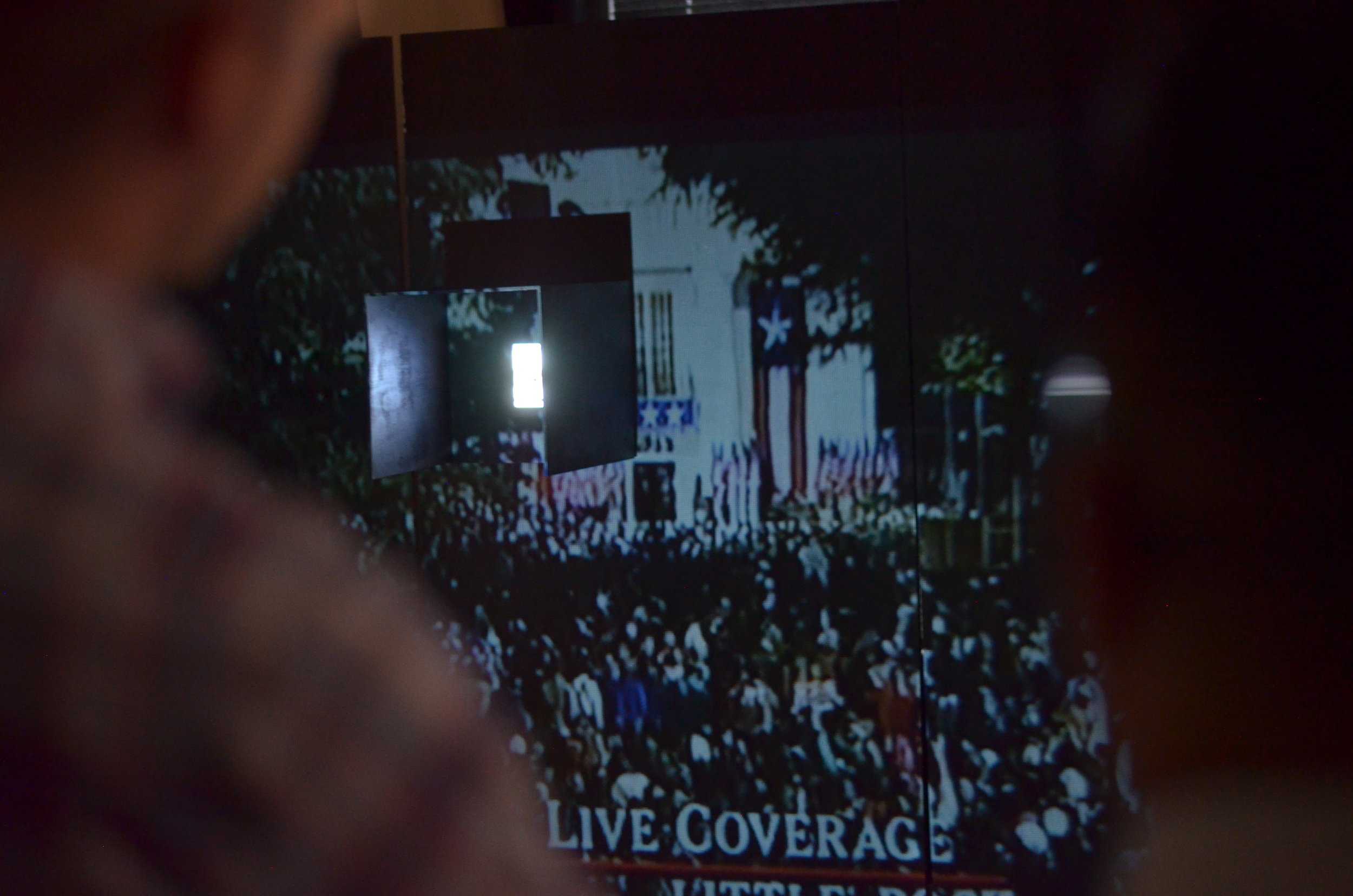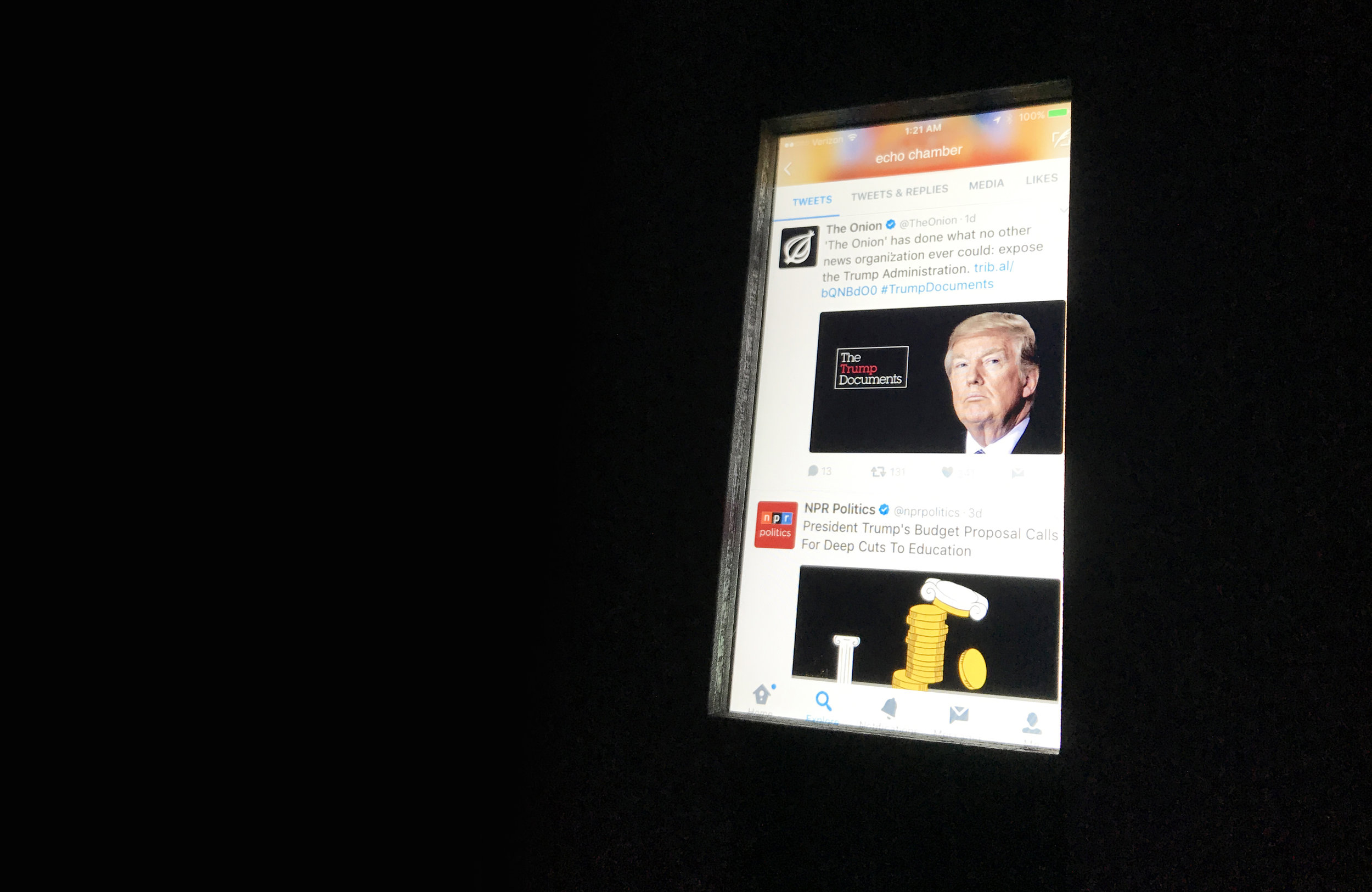Echo Chamber
–Visual experience
Propaganda of Truth: Exploring the Illusion and Fragmentation of Democracy through Social Media Users’ Consumption of Political Propaganda
Overview
We live in an era in which social media newsfeeds have become the way many obtain political information, and in which this information is presented to reach users without severity by using impulsive interactions such as likes, emojis and shares. These interactions create an illusion of involvement and knowledge, because the subsequent opinions are based on what the computer or smartphone screen tells users to do. Sharing and interactions are limited and restricted to what social media allows users to participate with.
These interactions develop shallow behaviors and create a one-sided view of users’ worlds and an untrustworthy democracy. Because of this, engagement with the screen is creating a rift between the intention behind users’ behaviors and the dissemination of social and political information. When social media empowers users to read political events, it provokes a disconnection from reality, results in disseminating information that reinforces bias opinions between users, and creates an echo chamber of misinformation. This has developed into a social media culture where access to political messages are everywhere and seen by anyone. All of these things are the foundation for propagandistic messages.
PROCESS FRom Point A to B
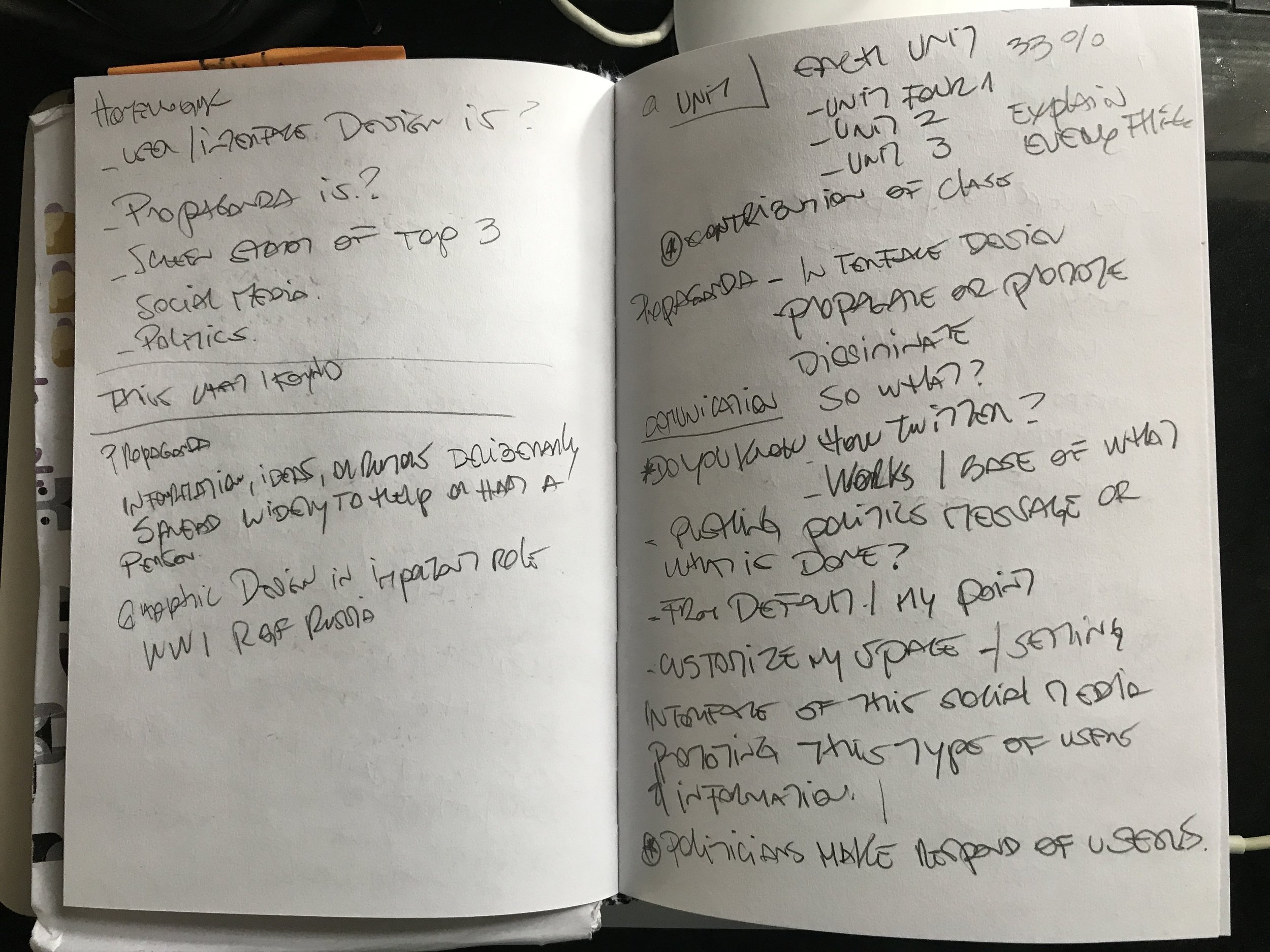

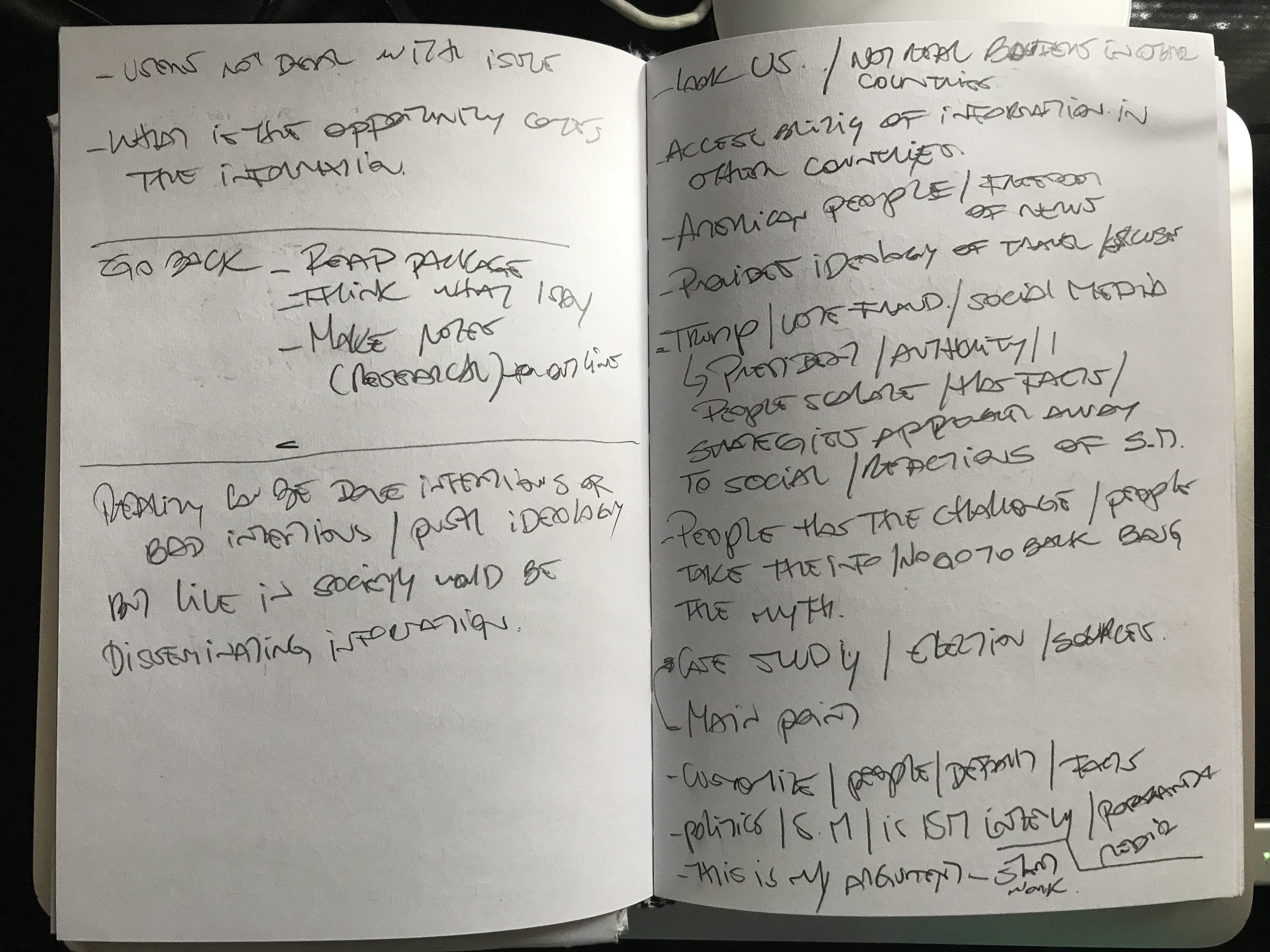
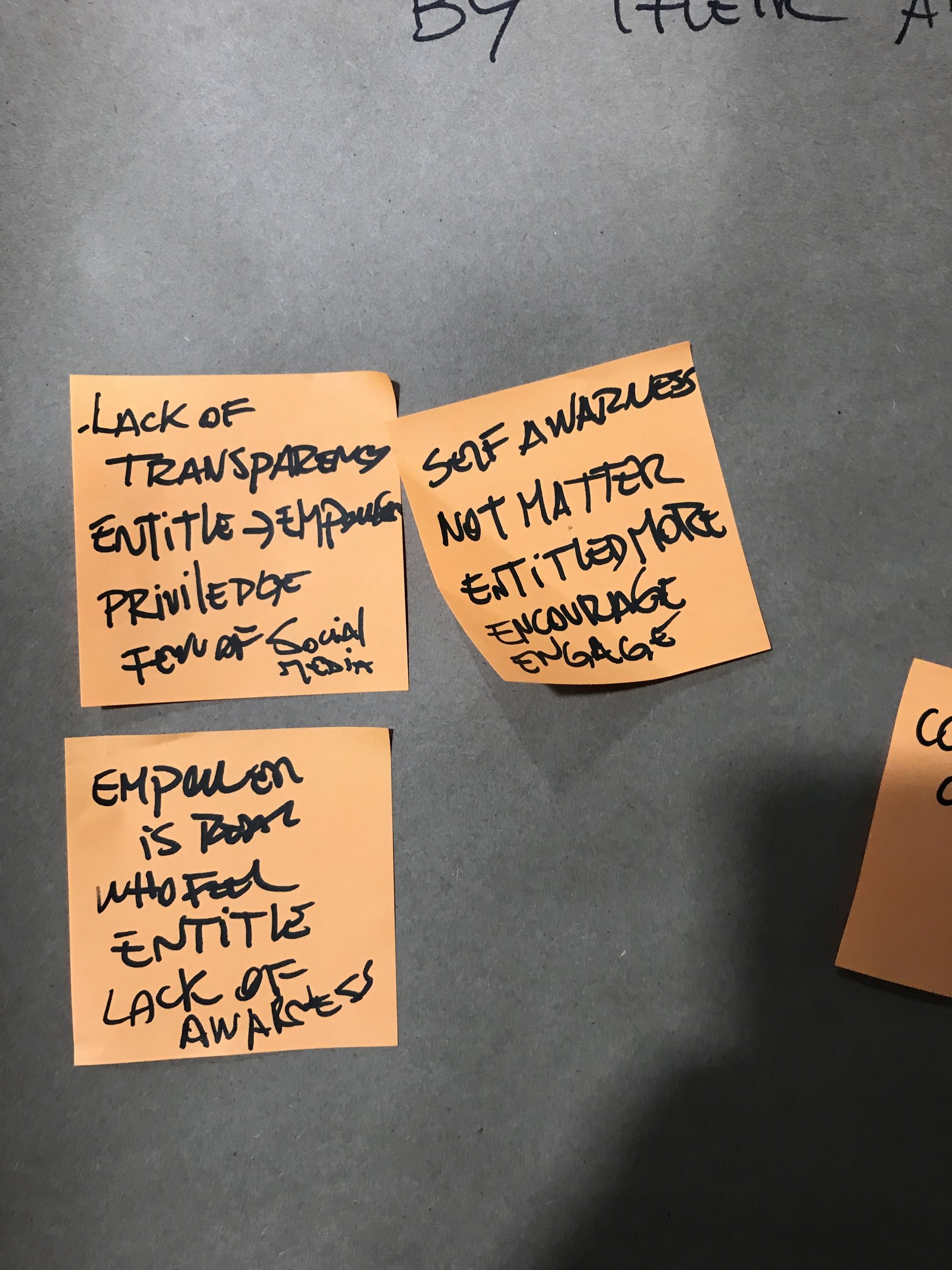


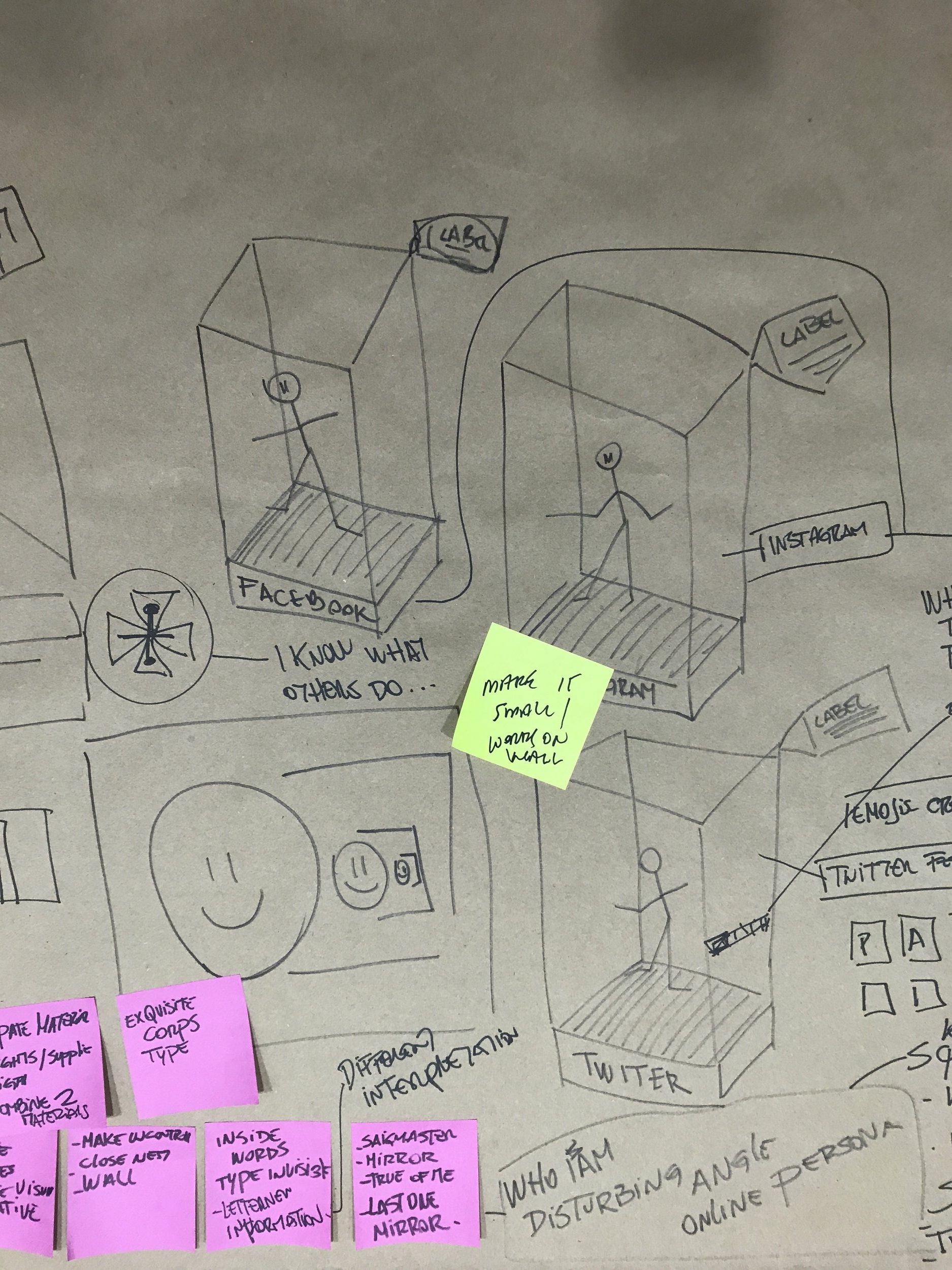
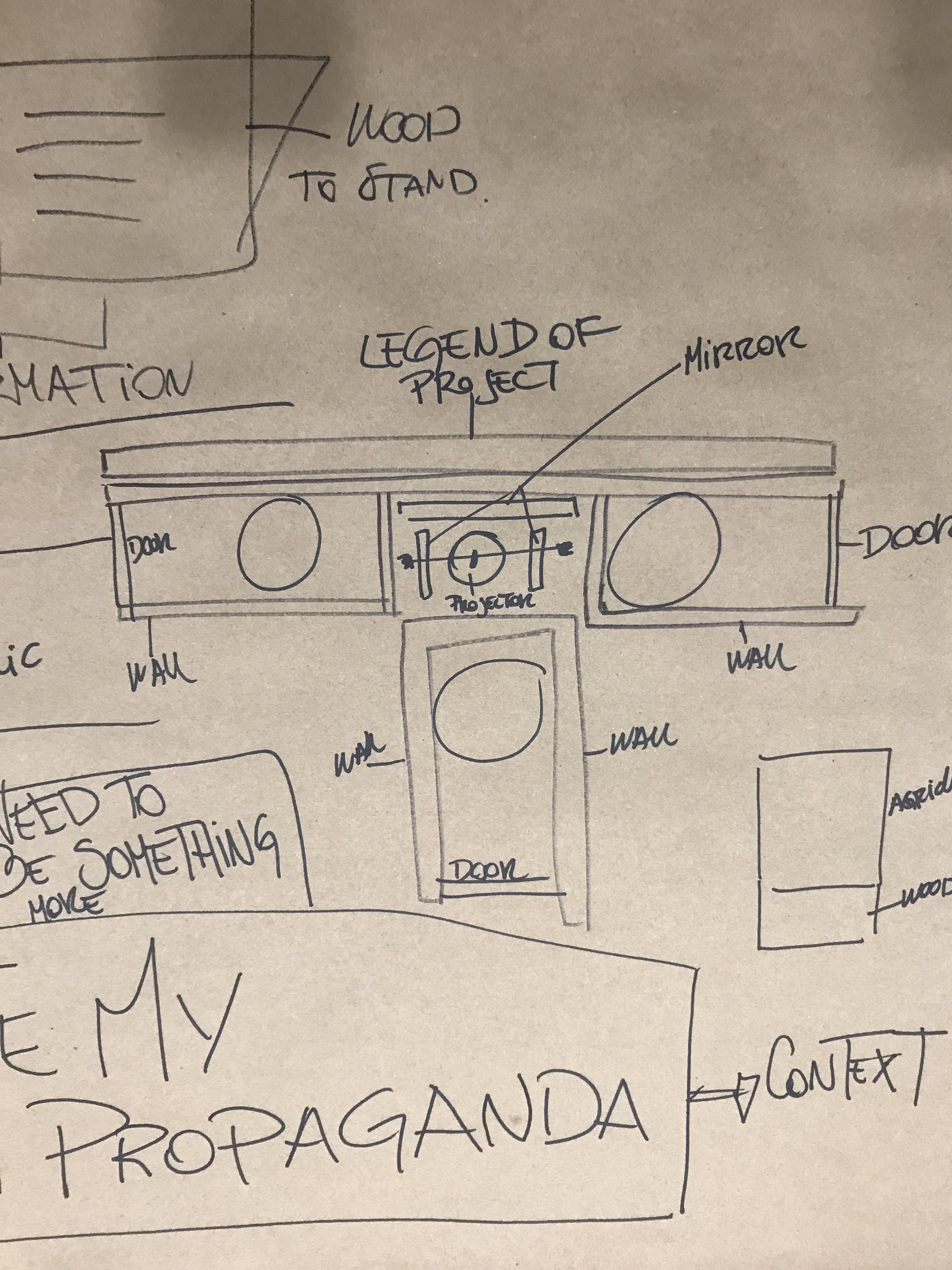

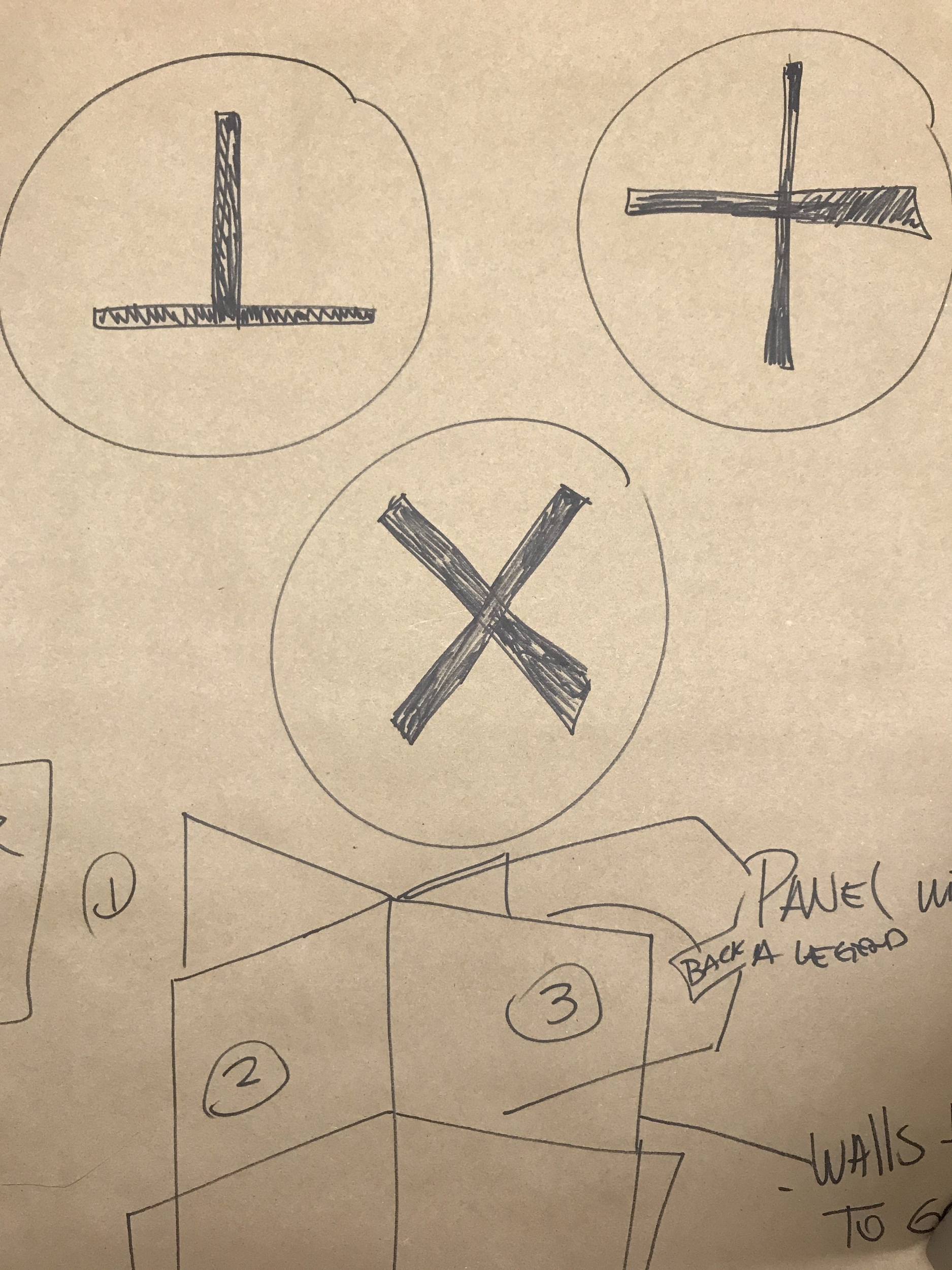
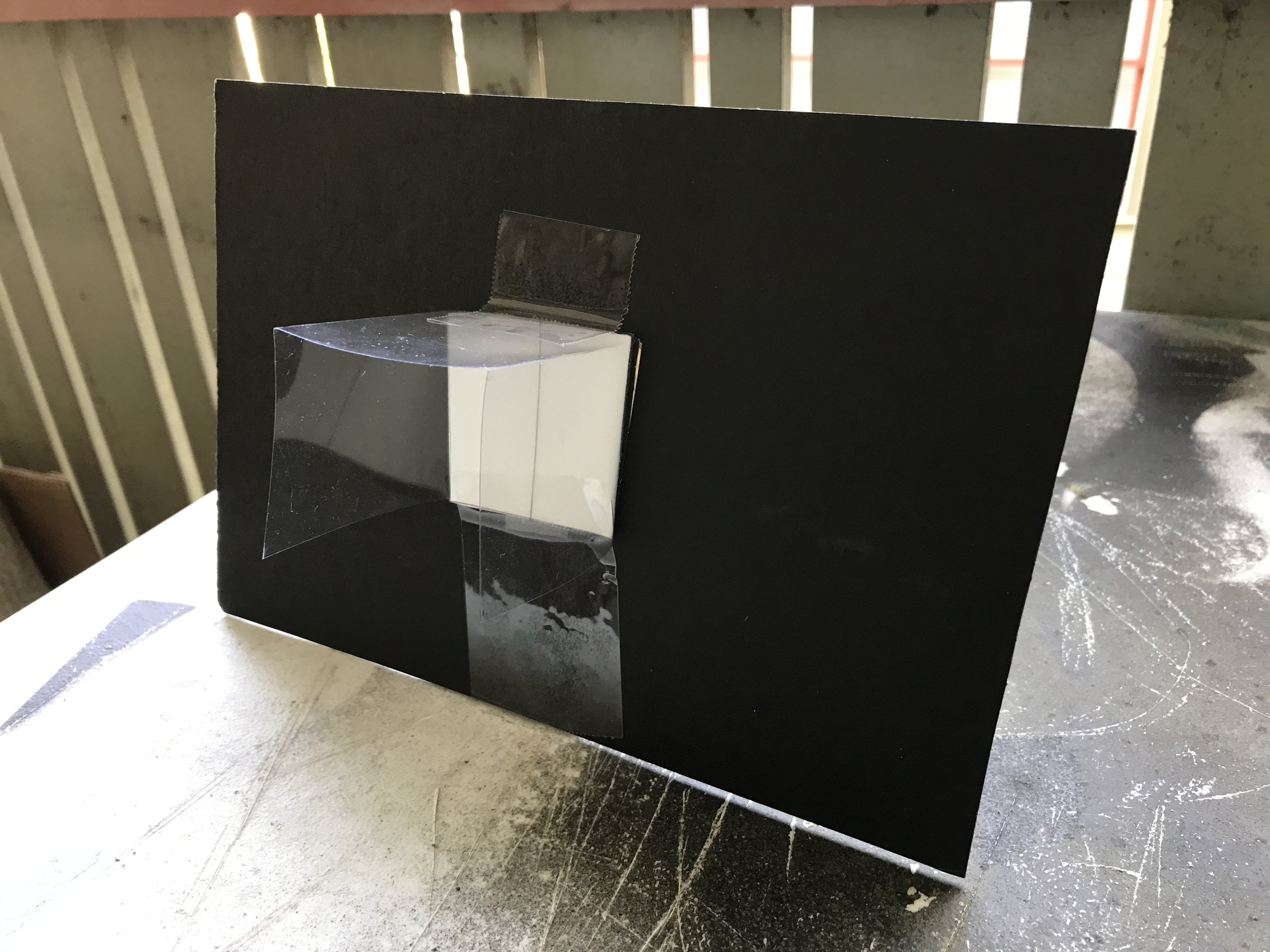
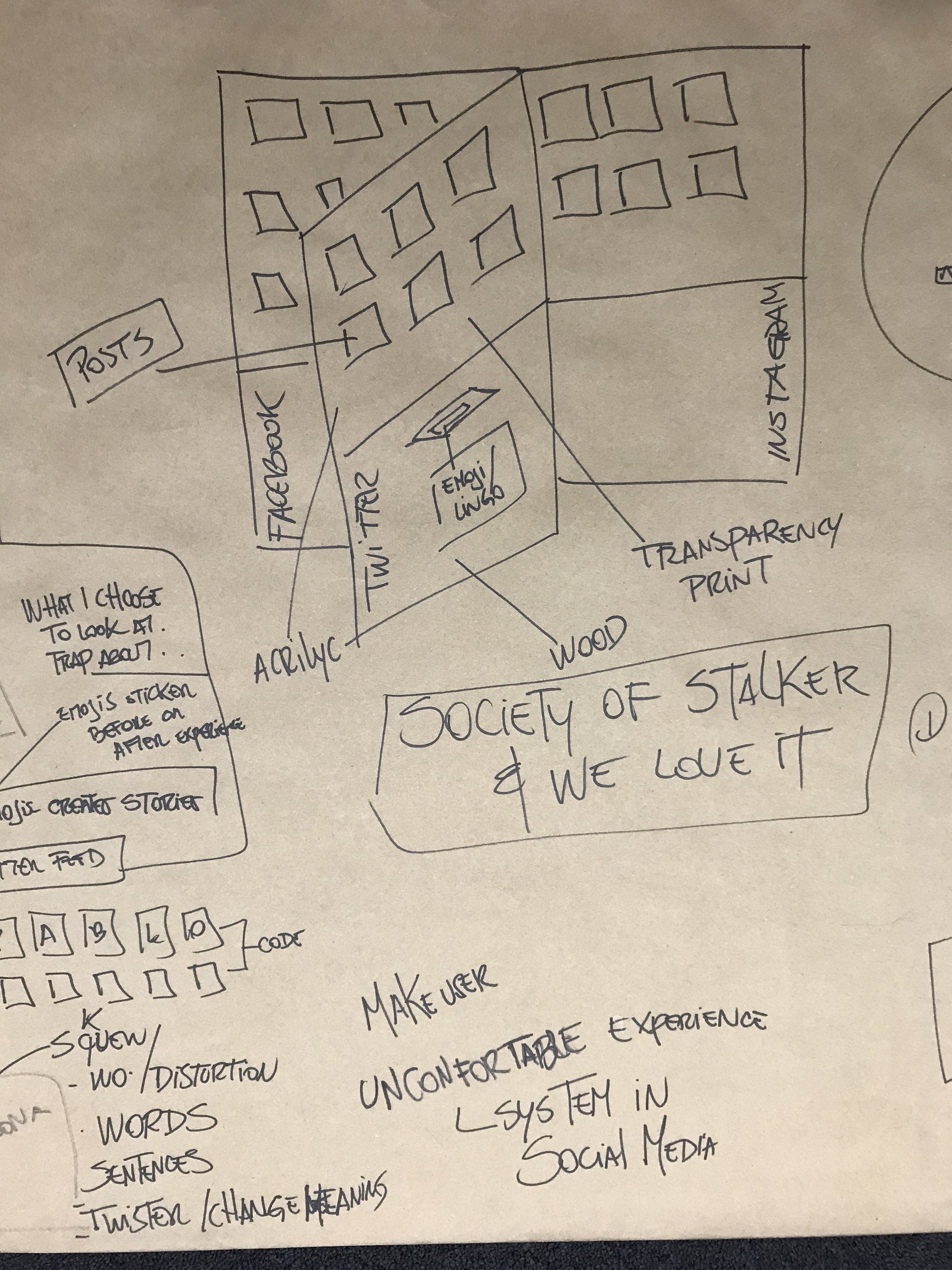

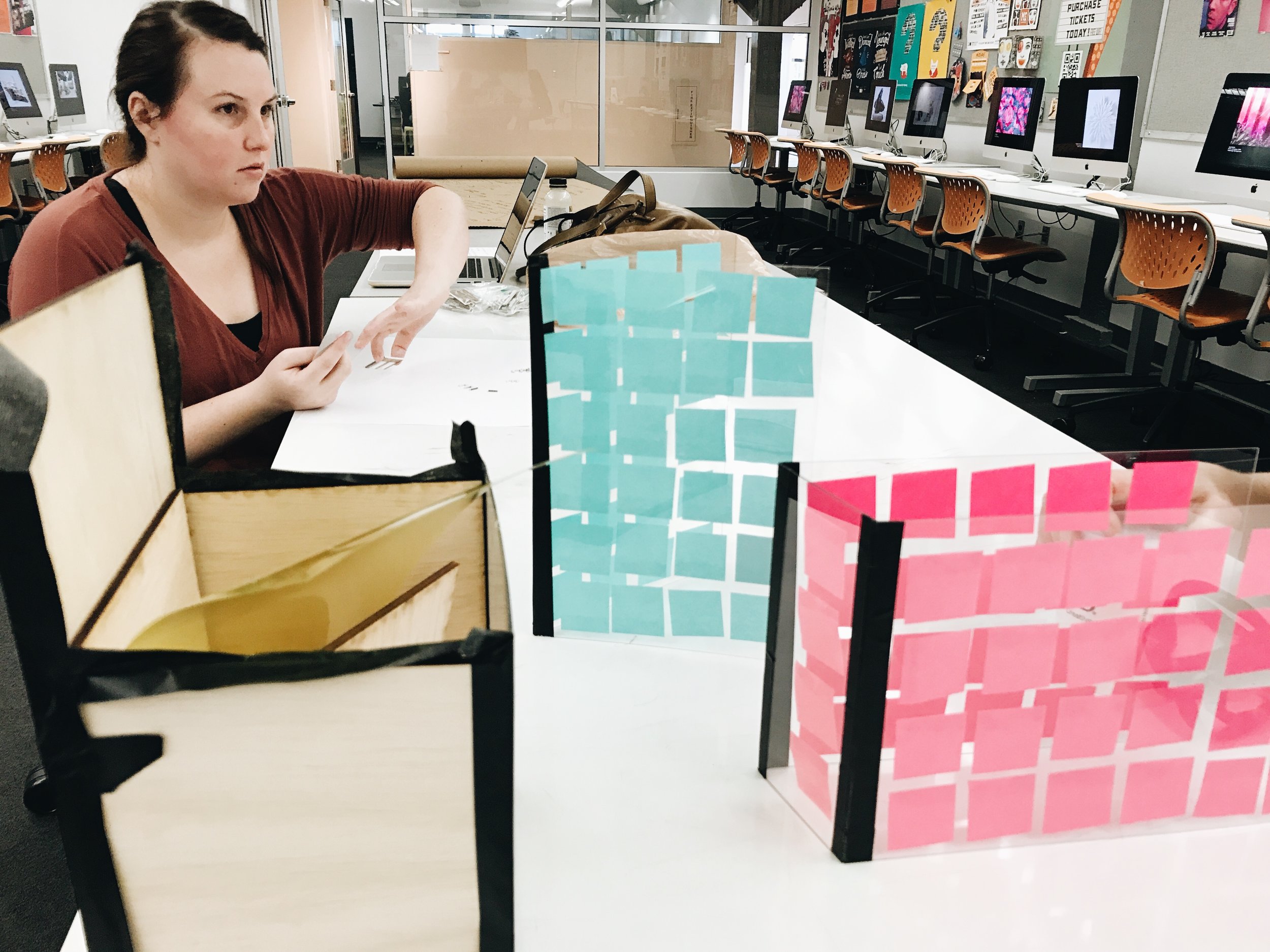
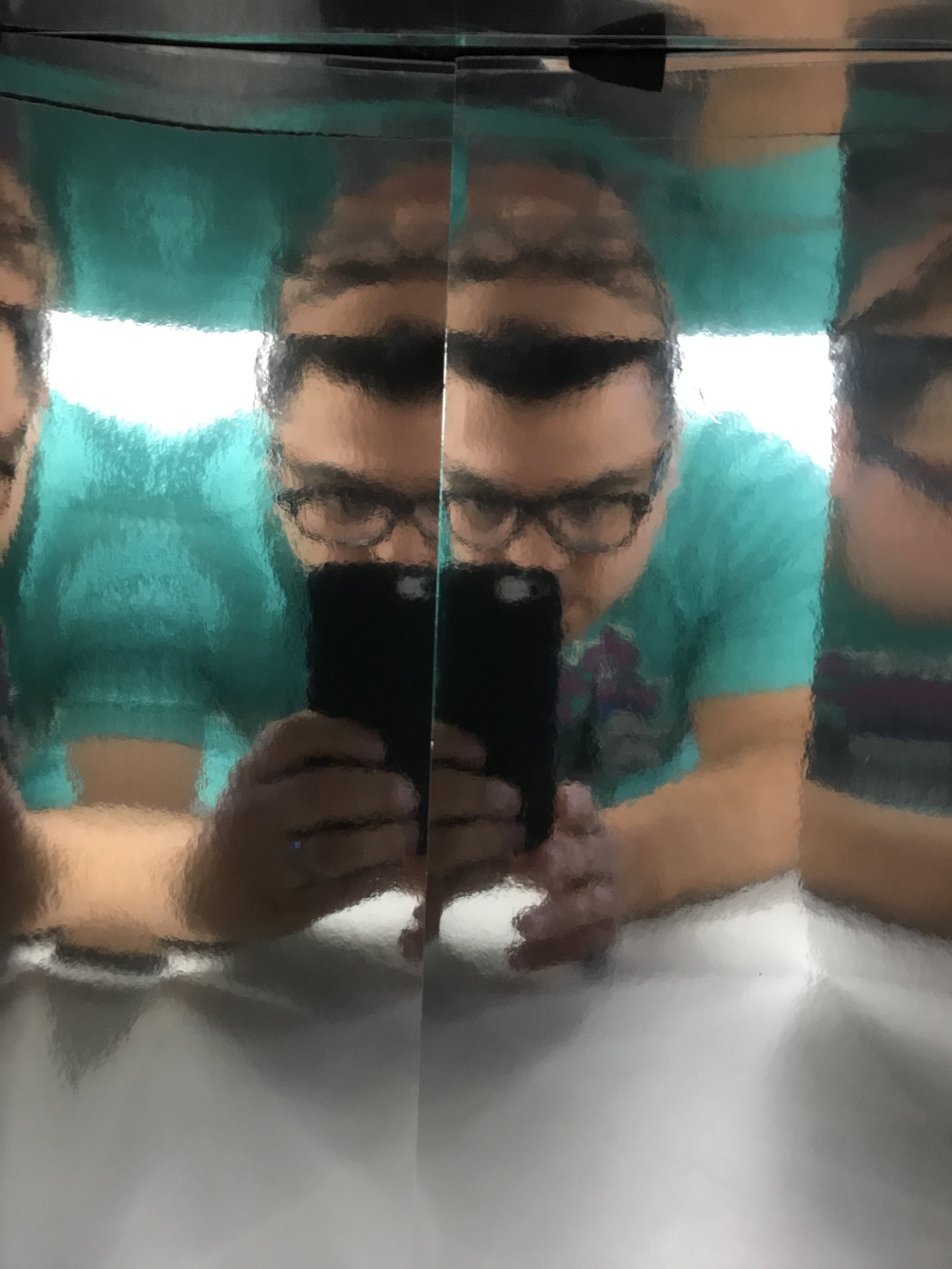
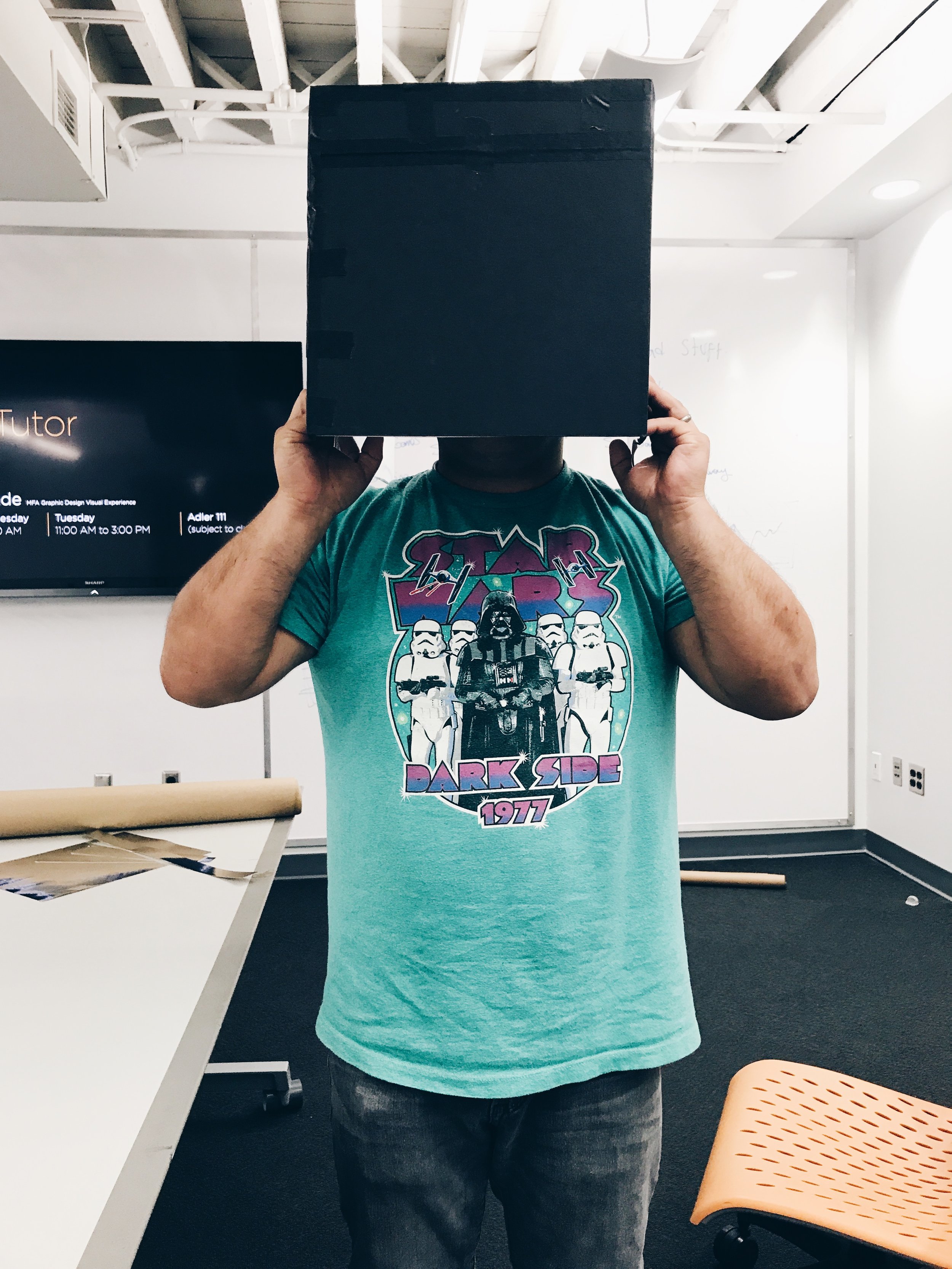
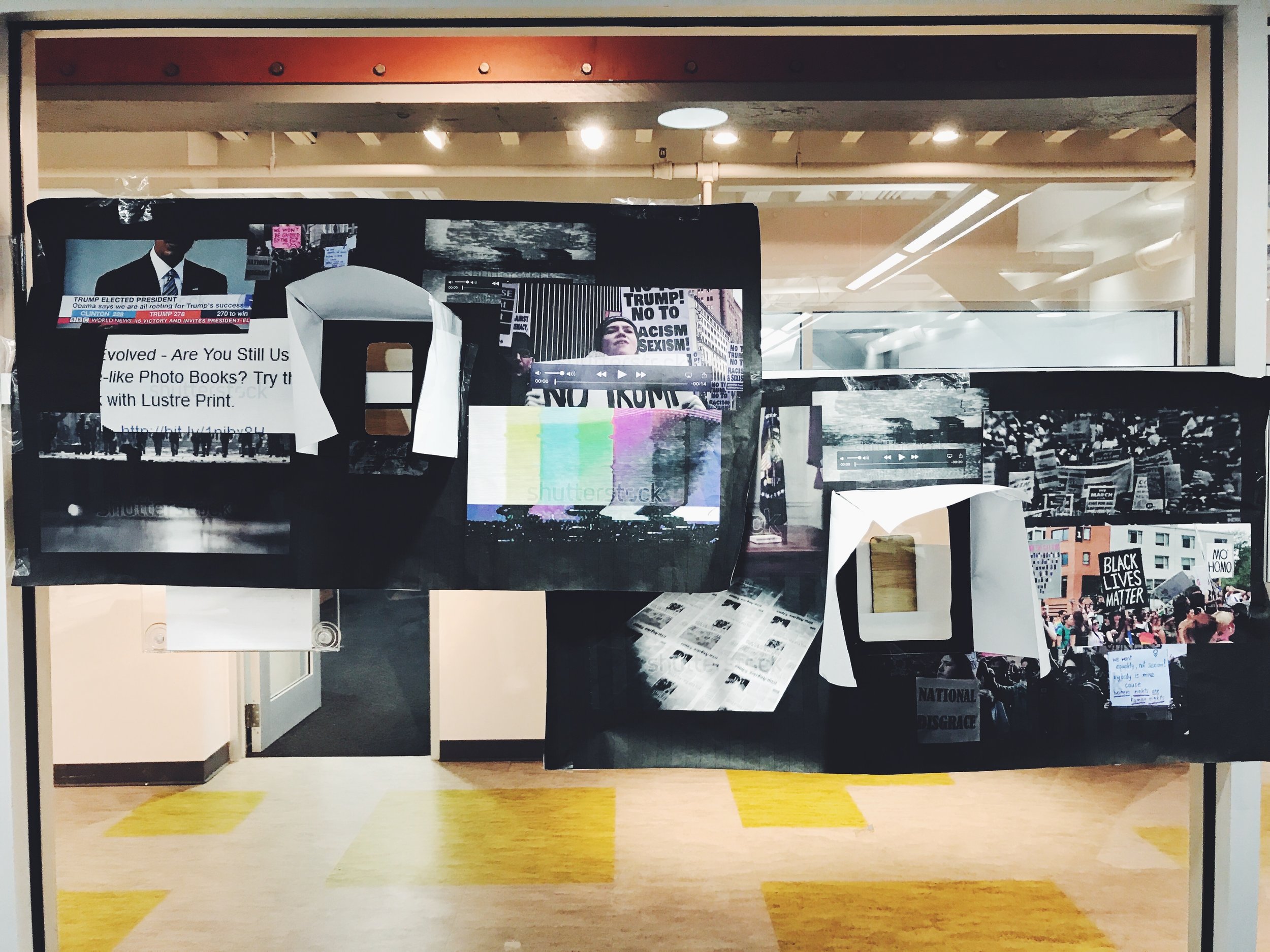
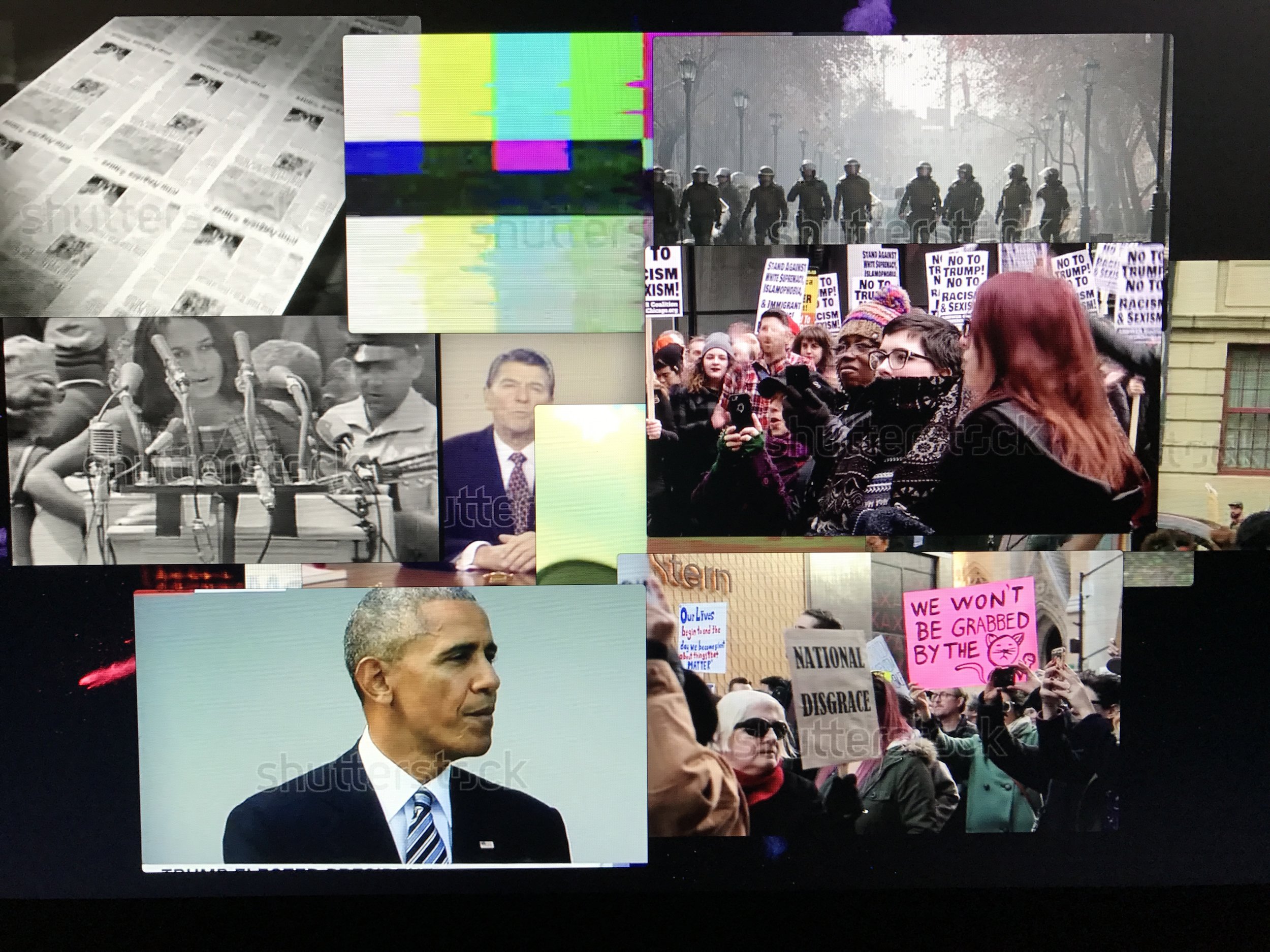

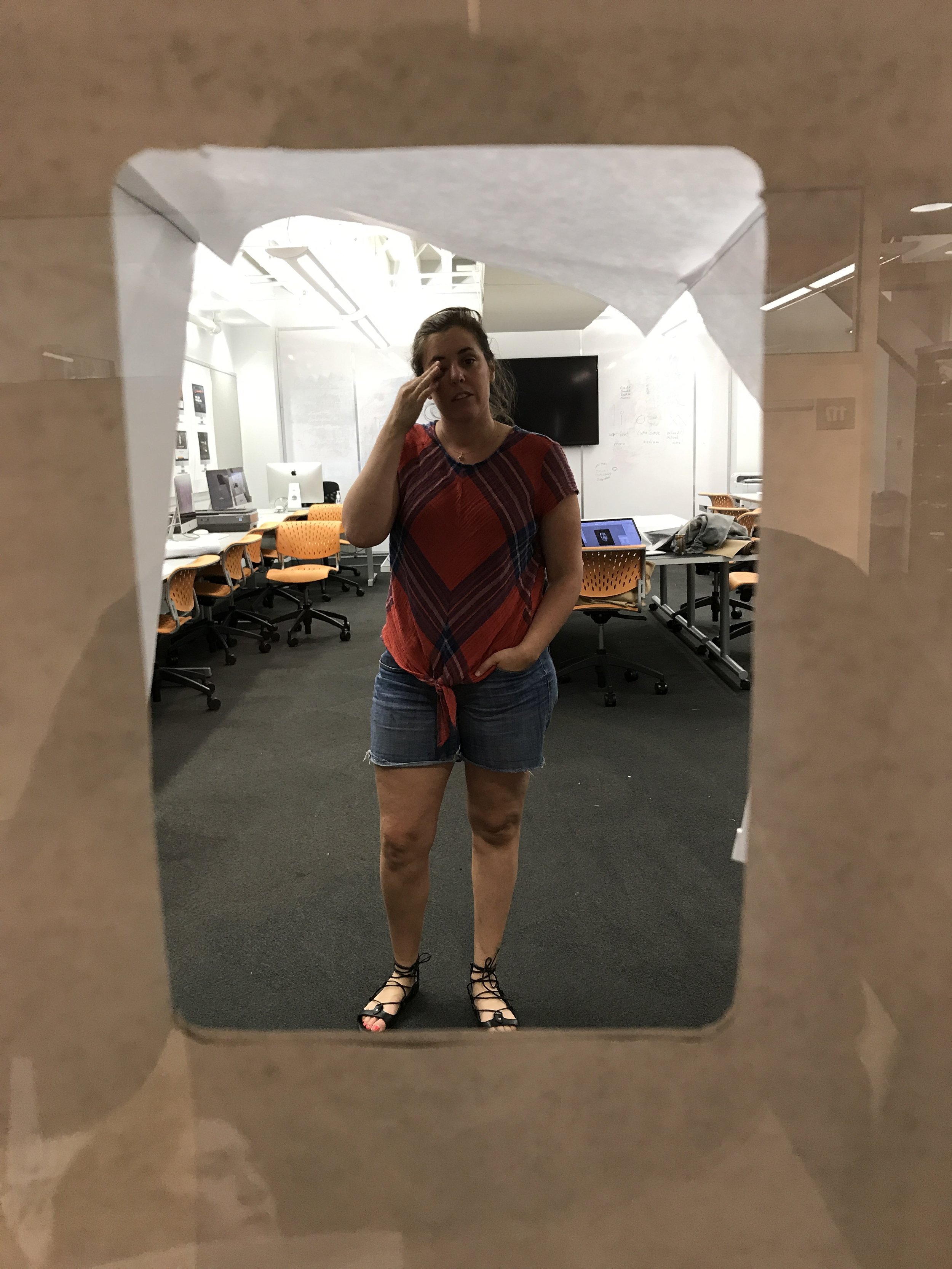
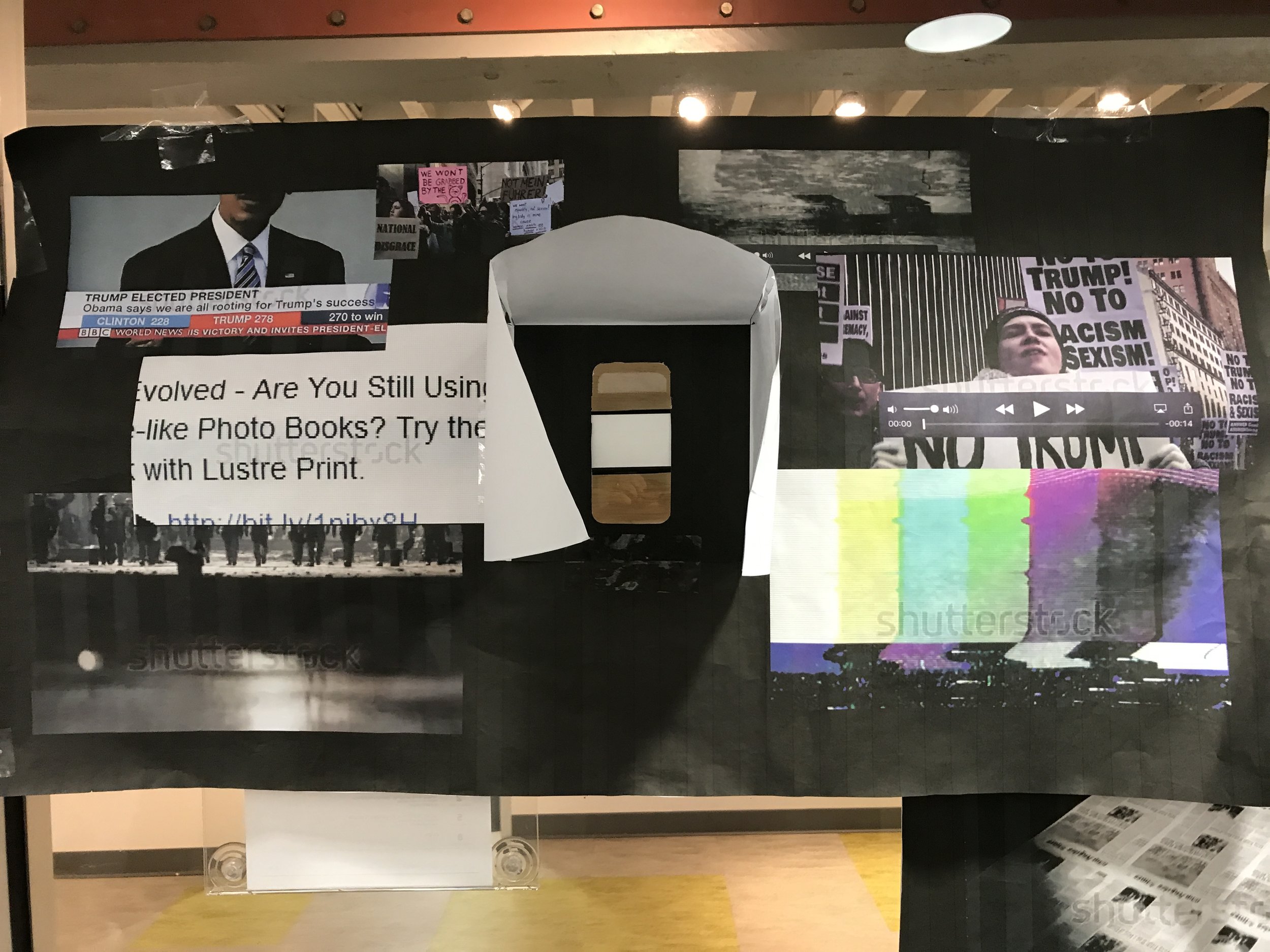

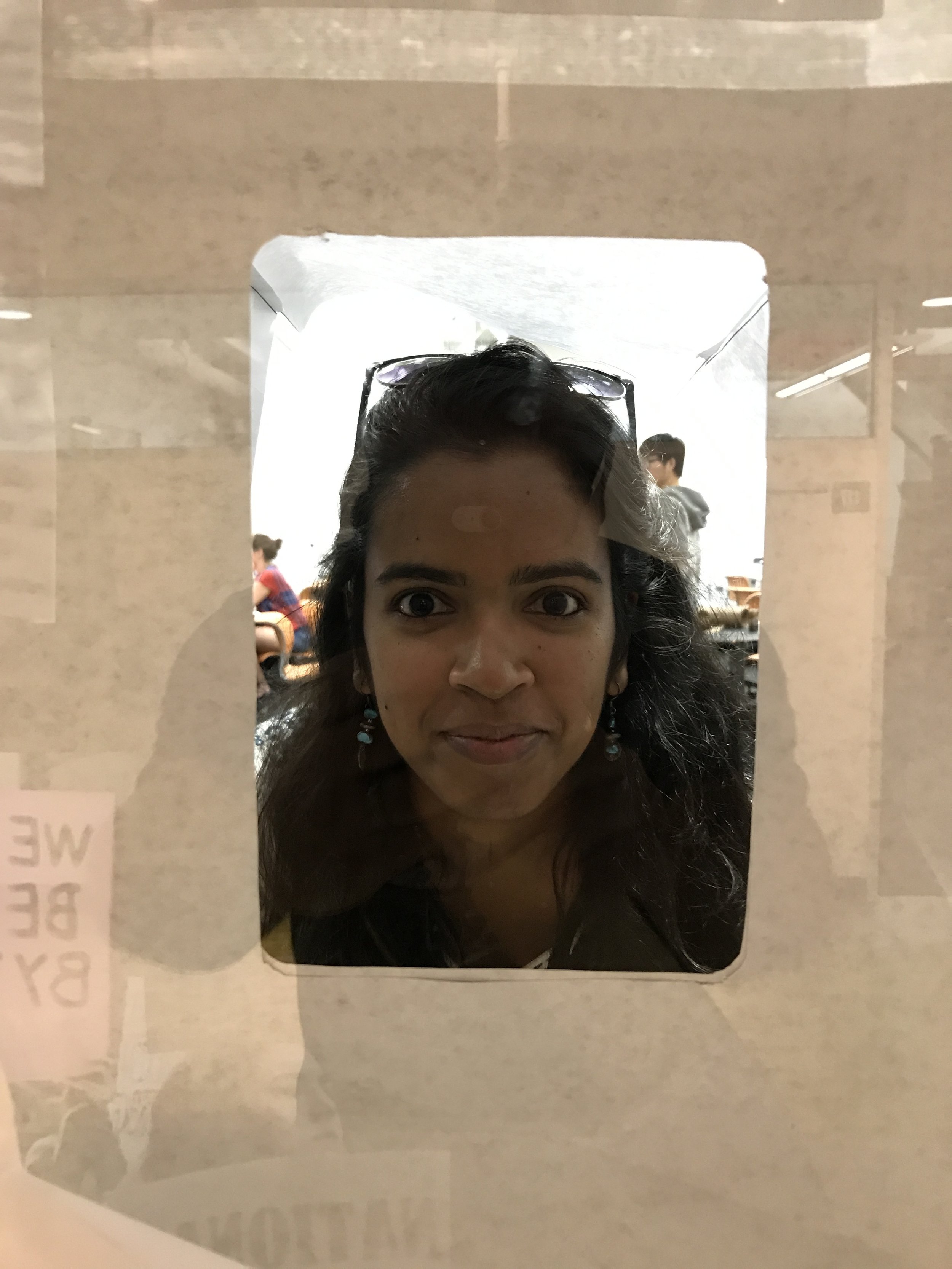


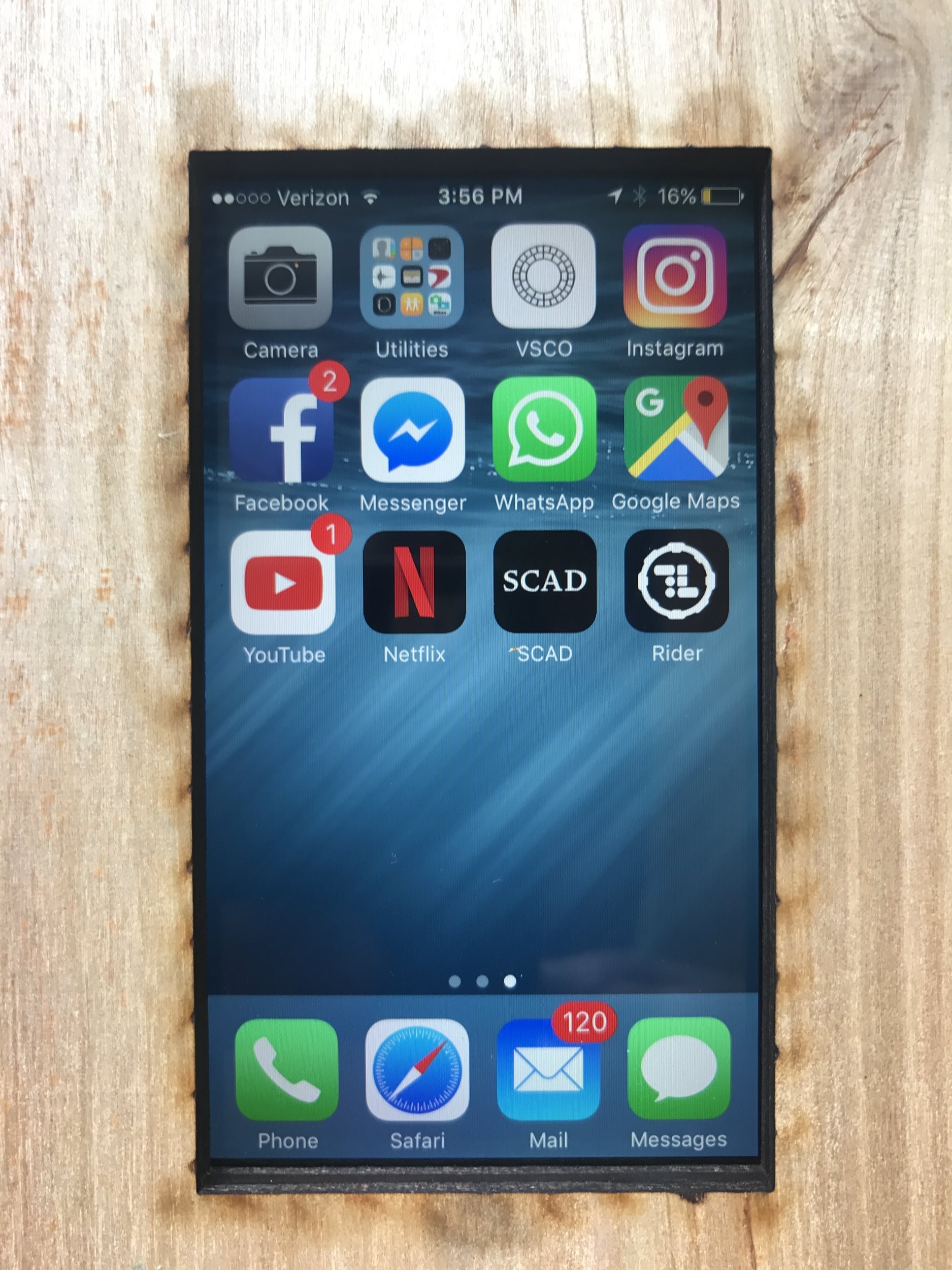
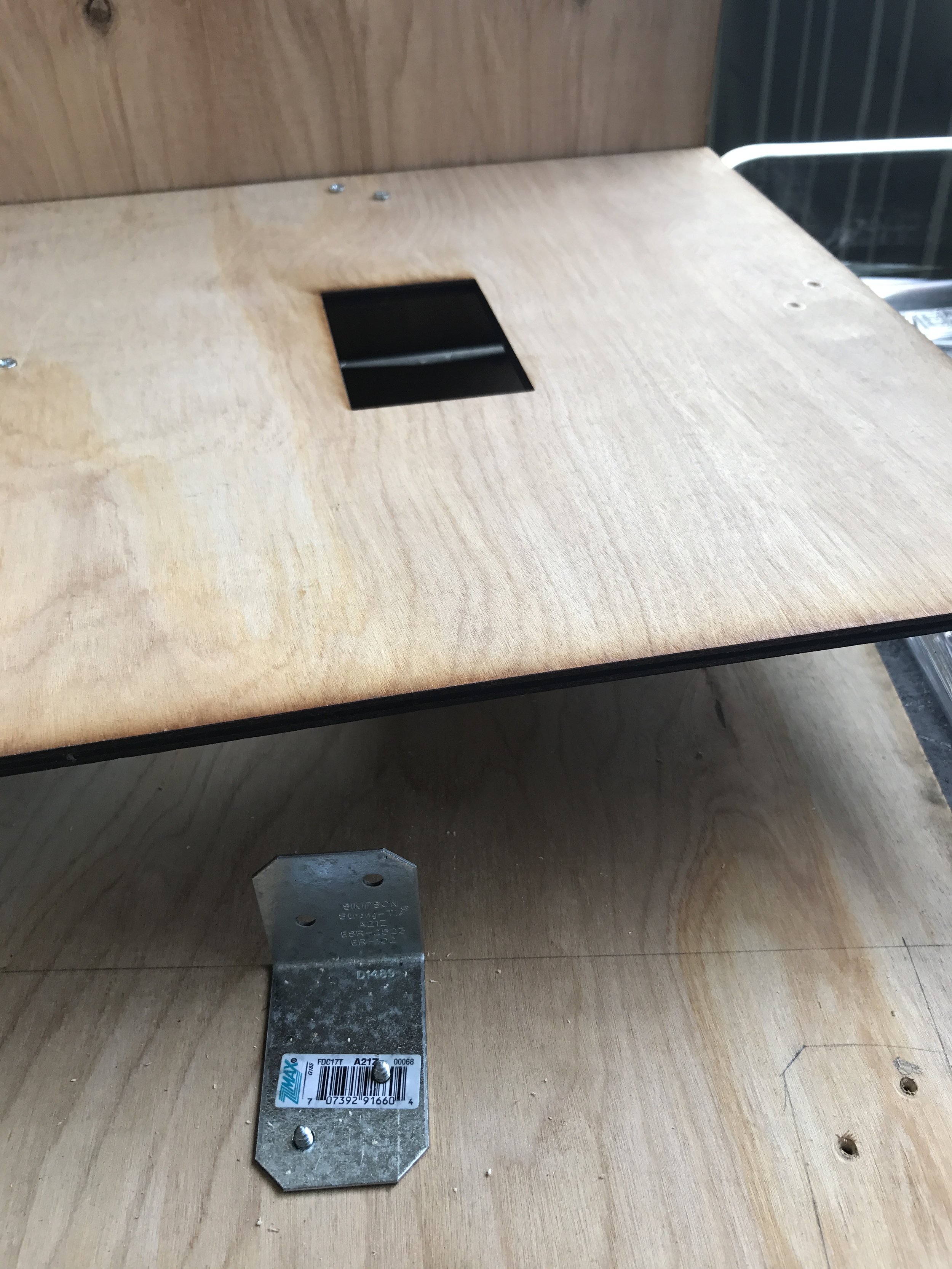
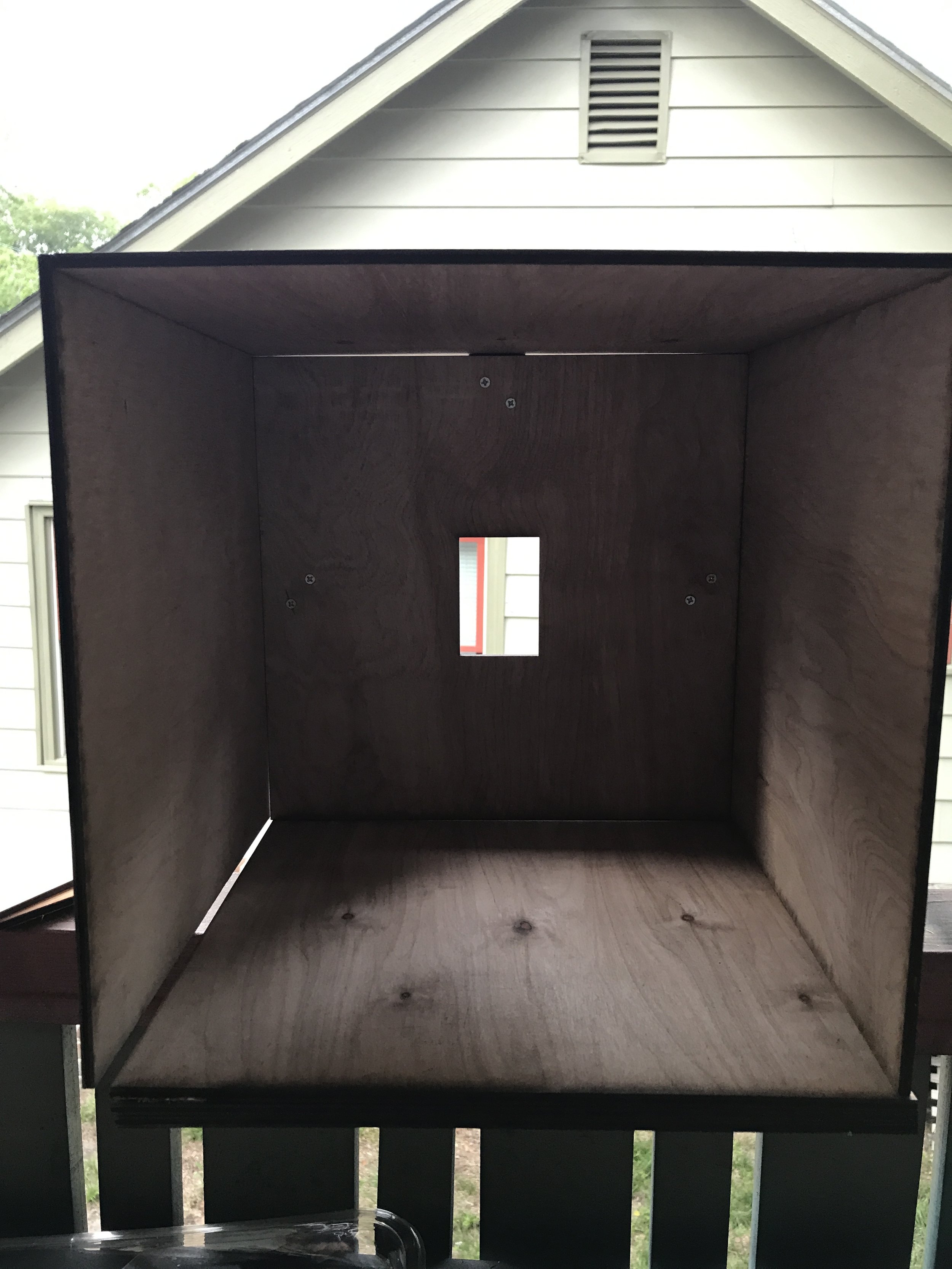
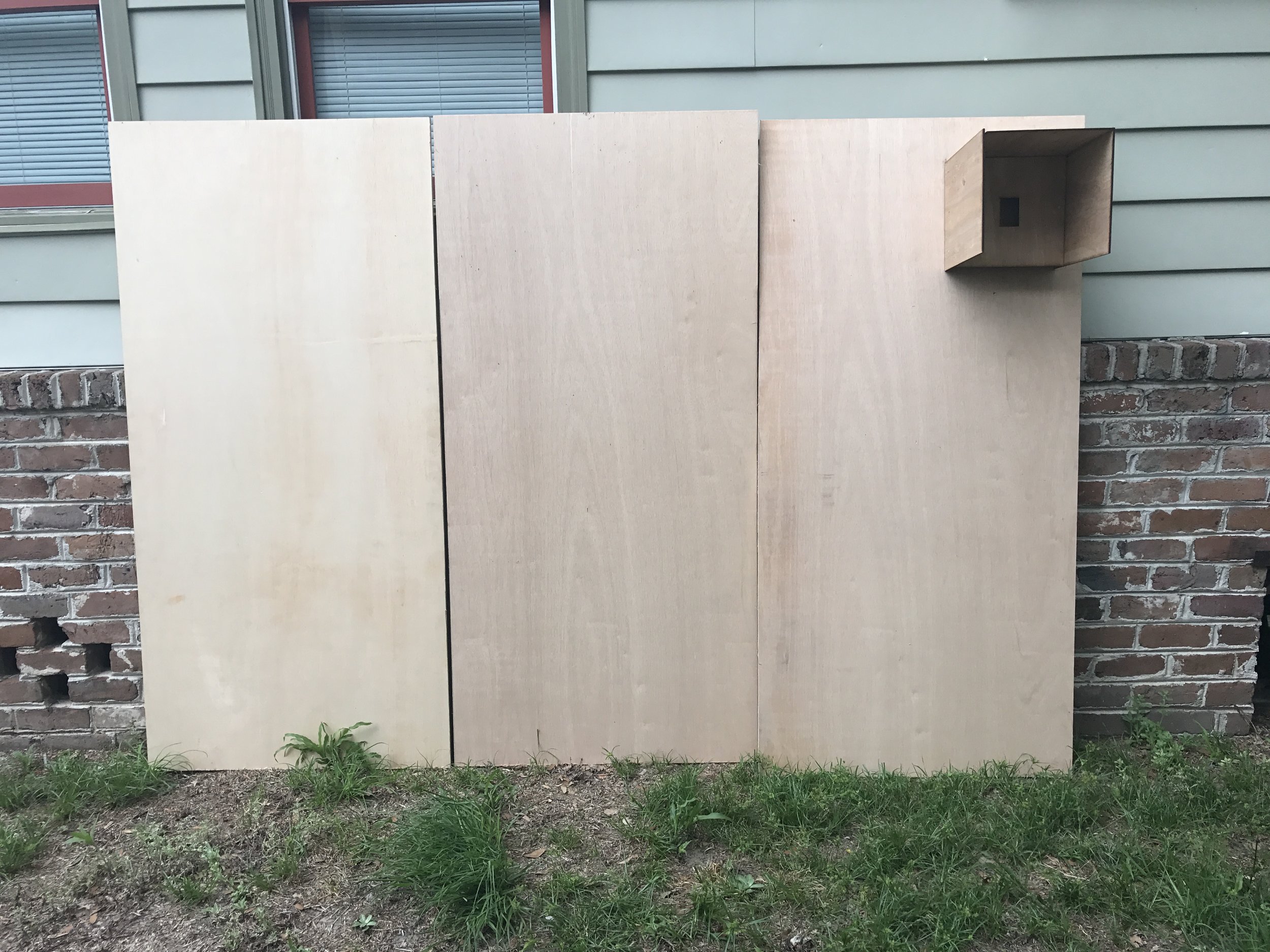



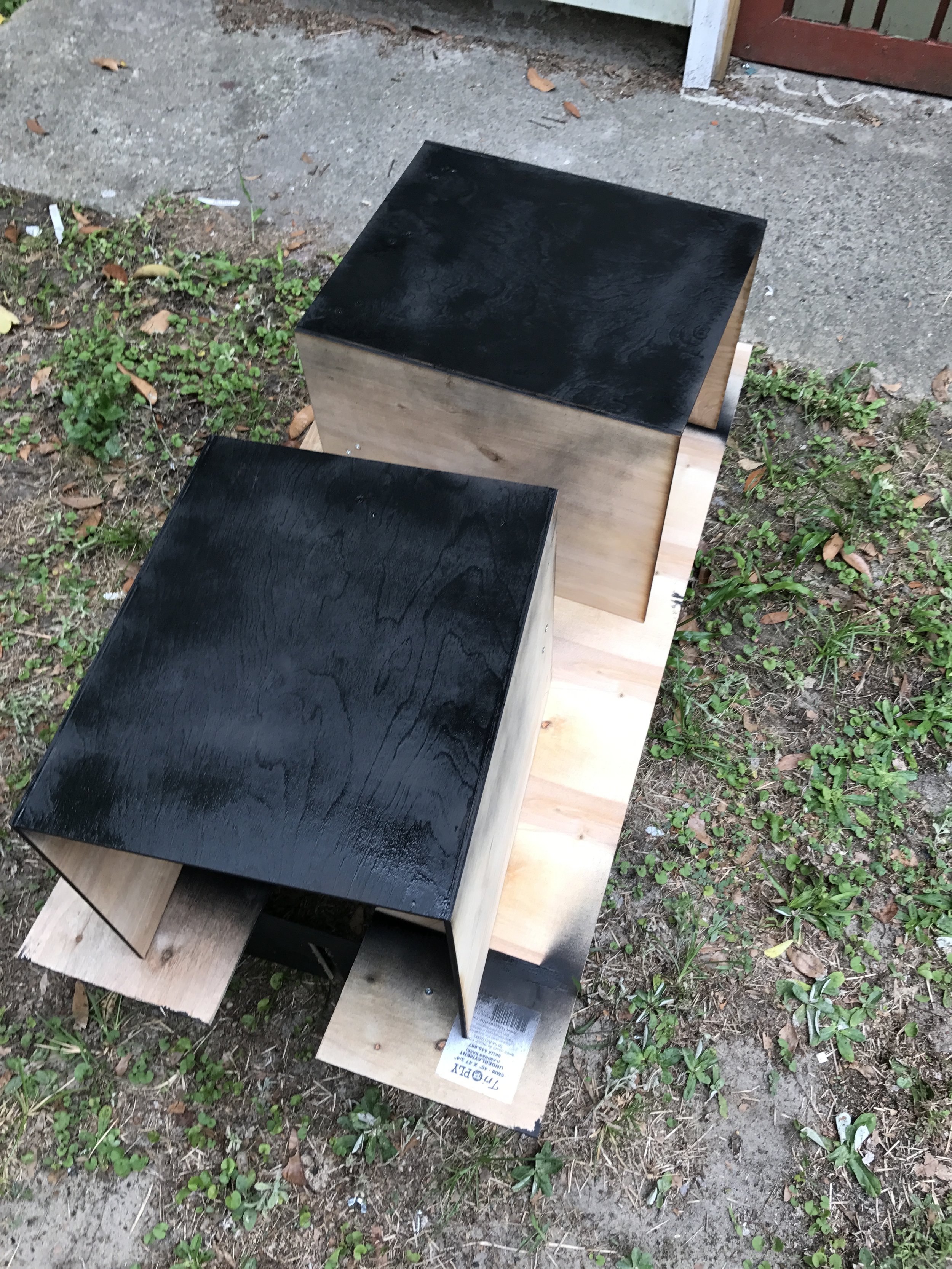
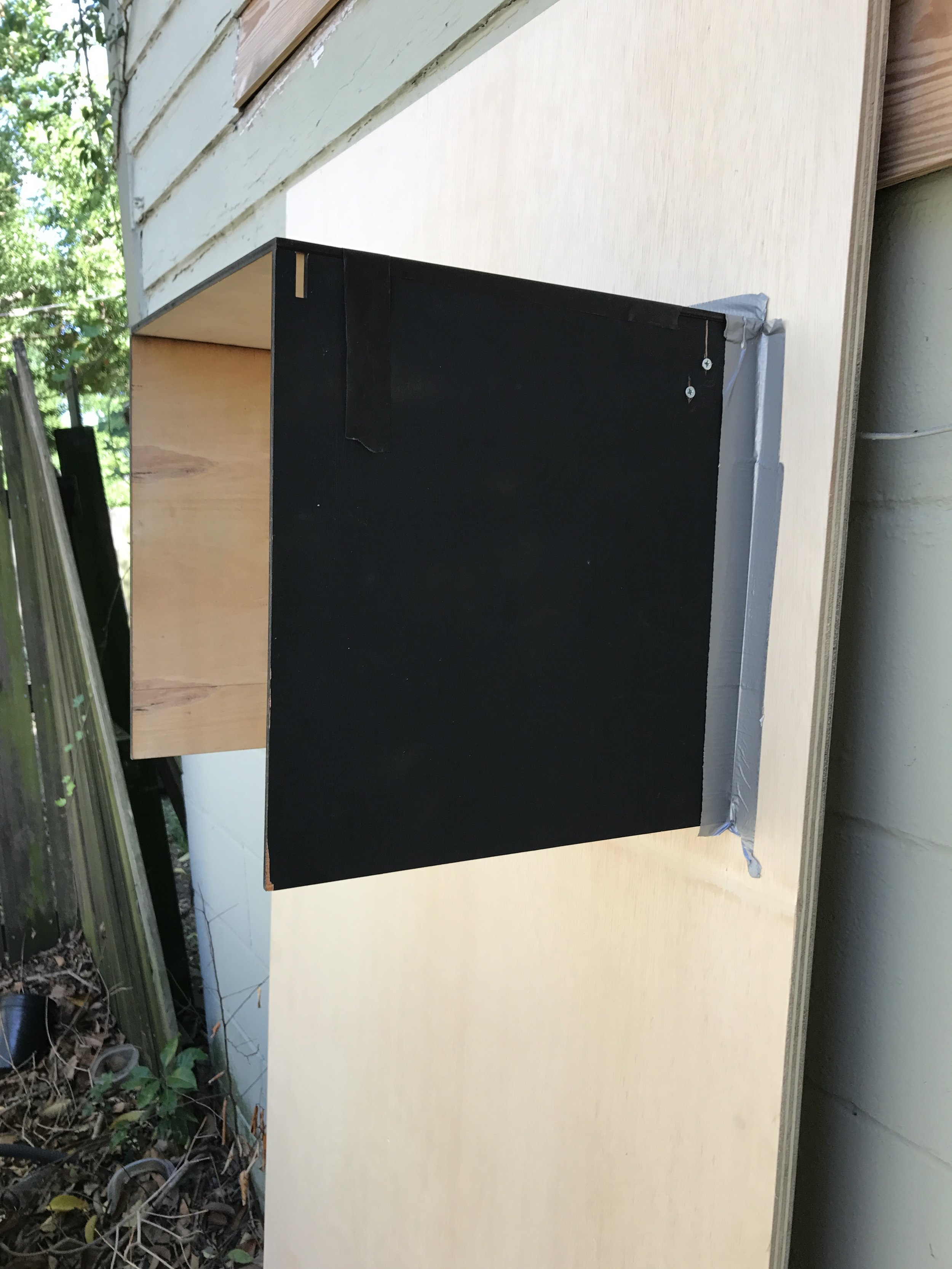
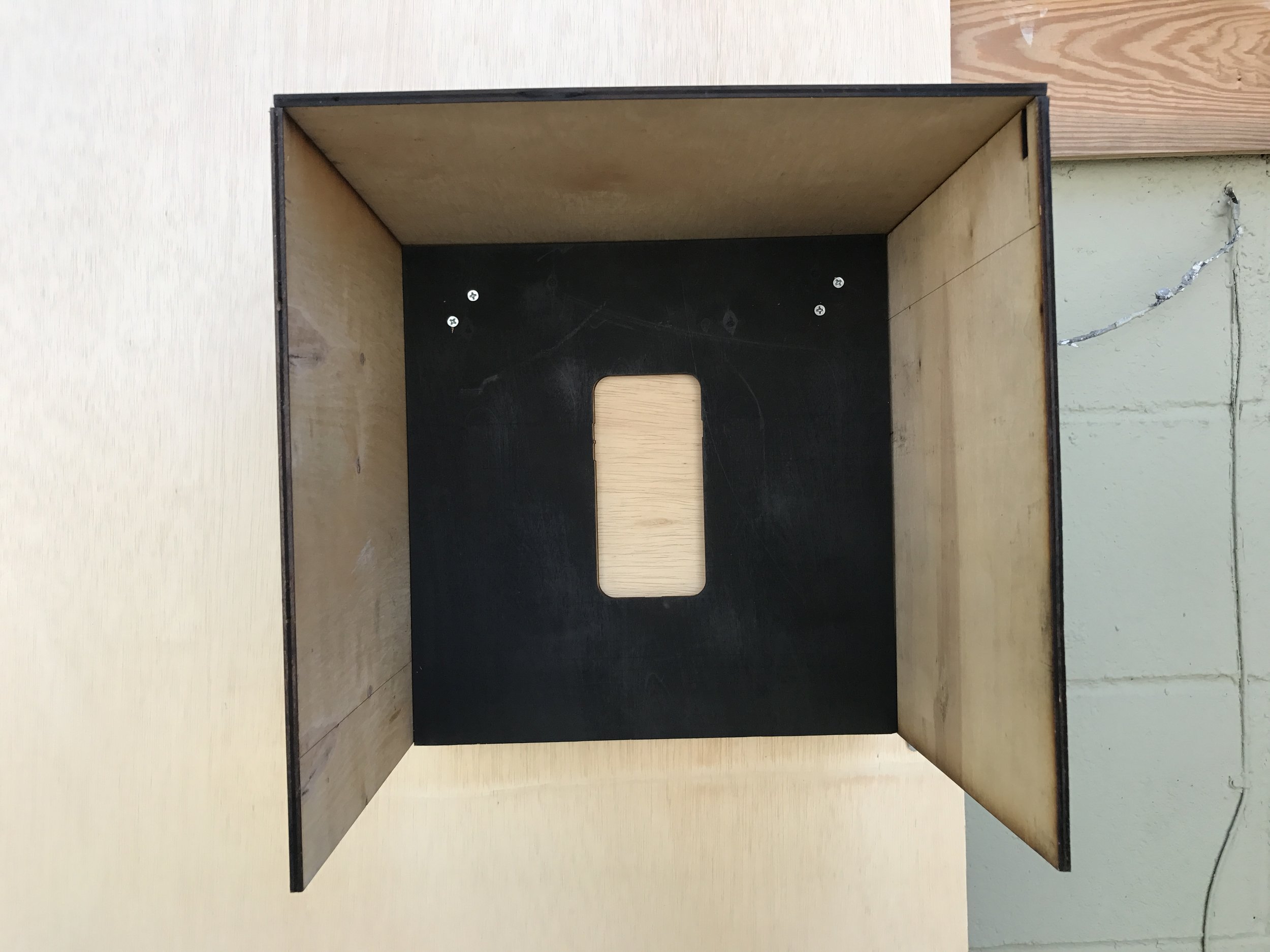
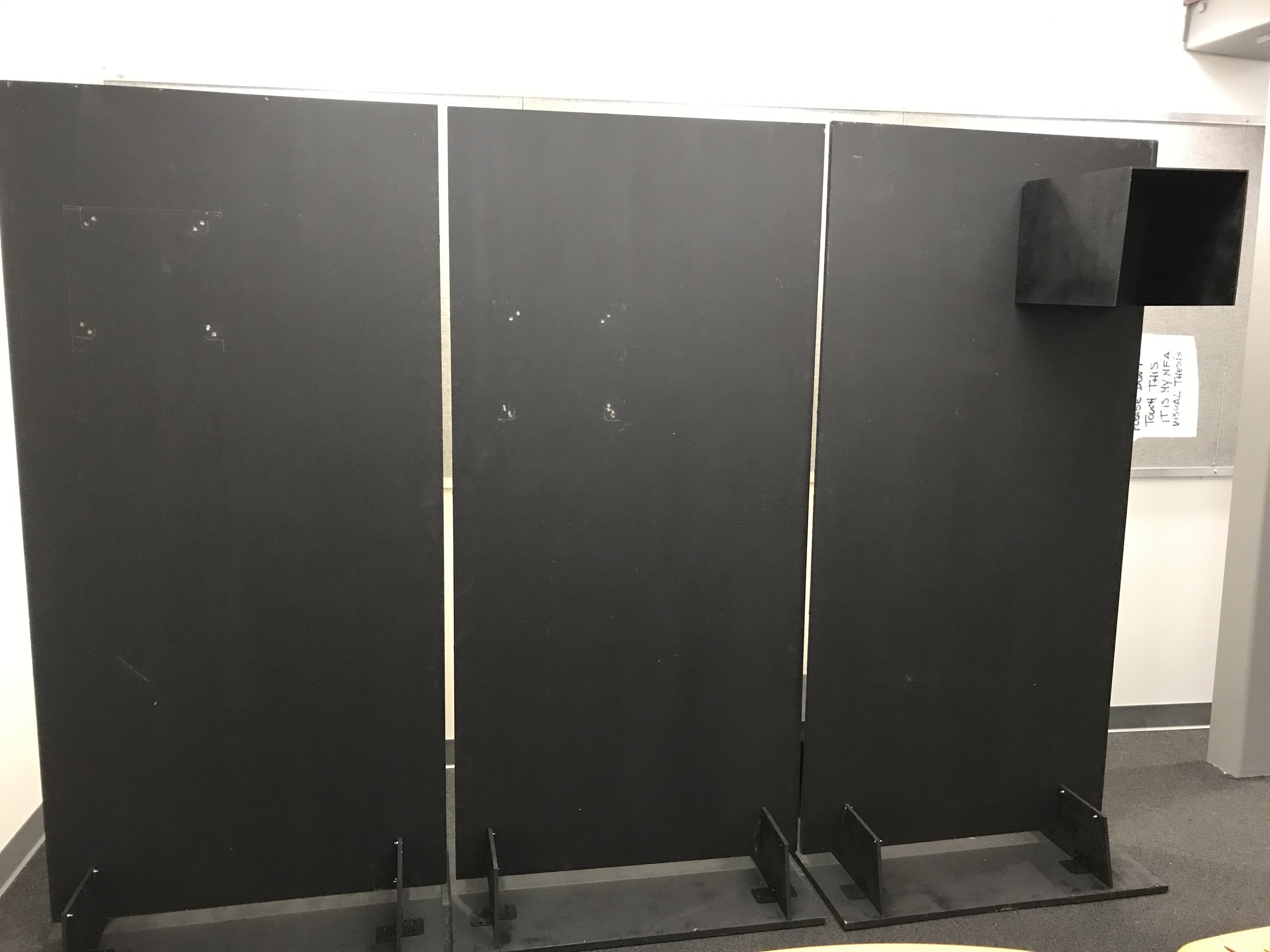

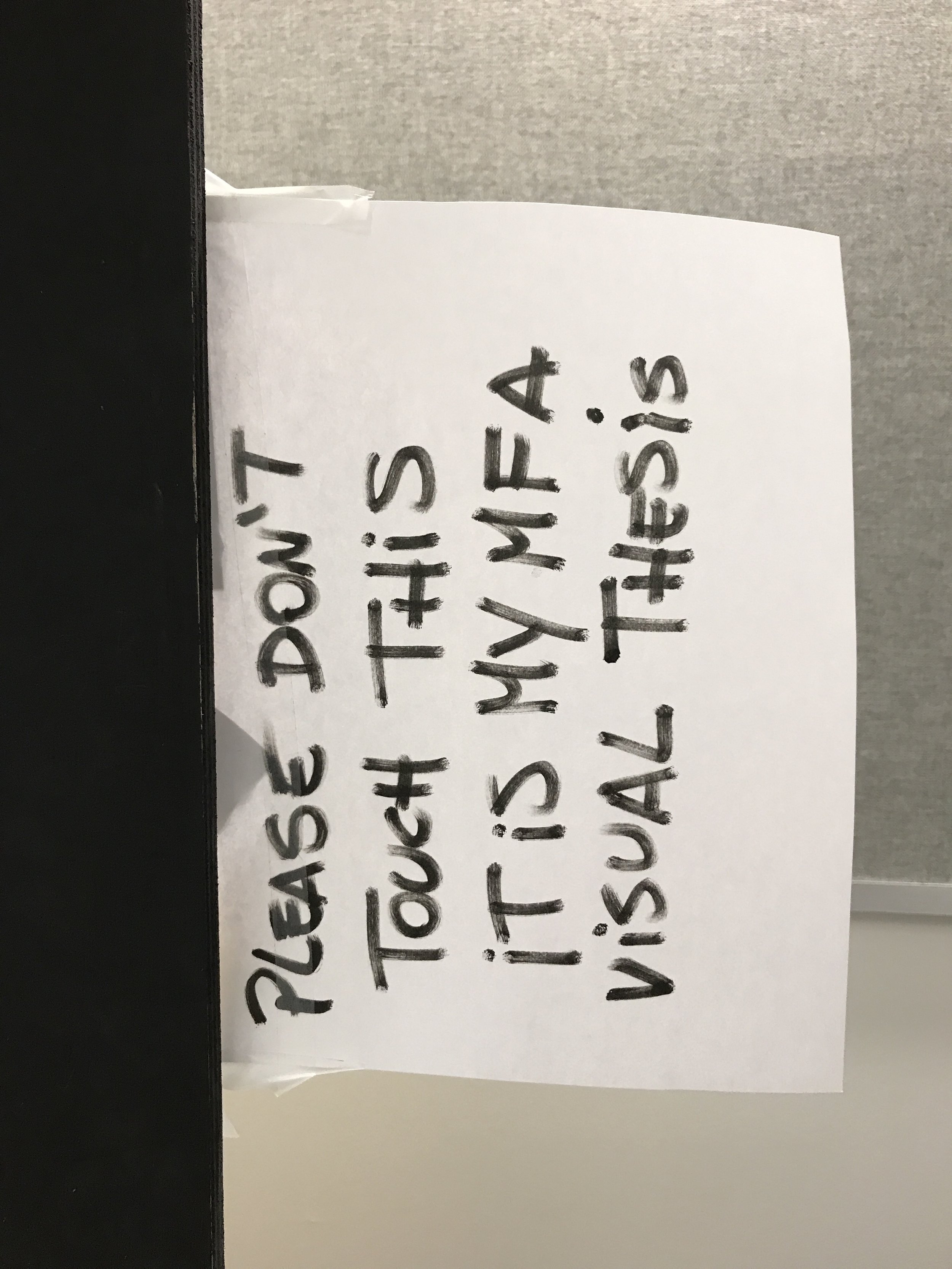
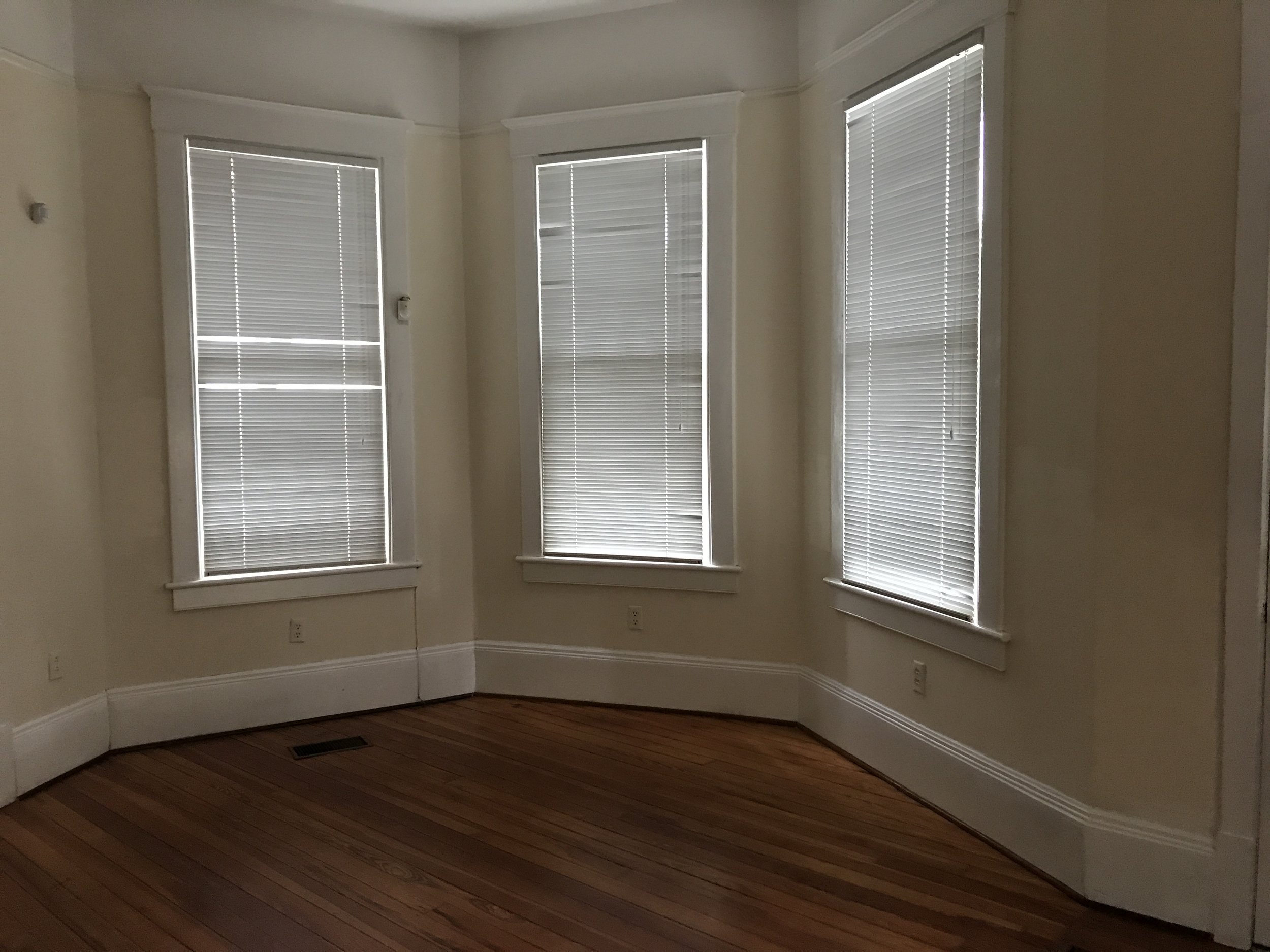

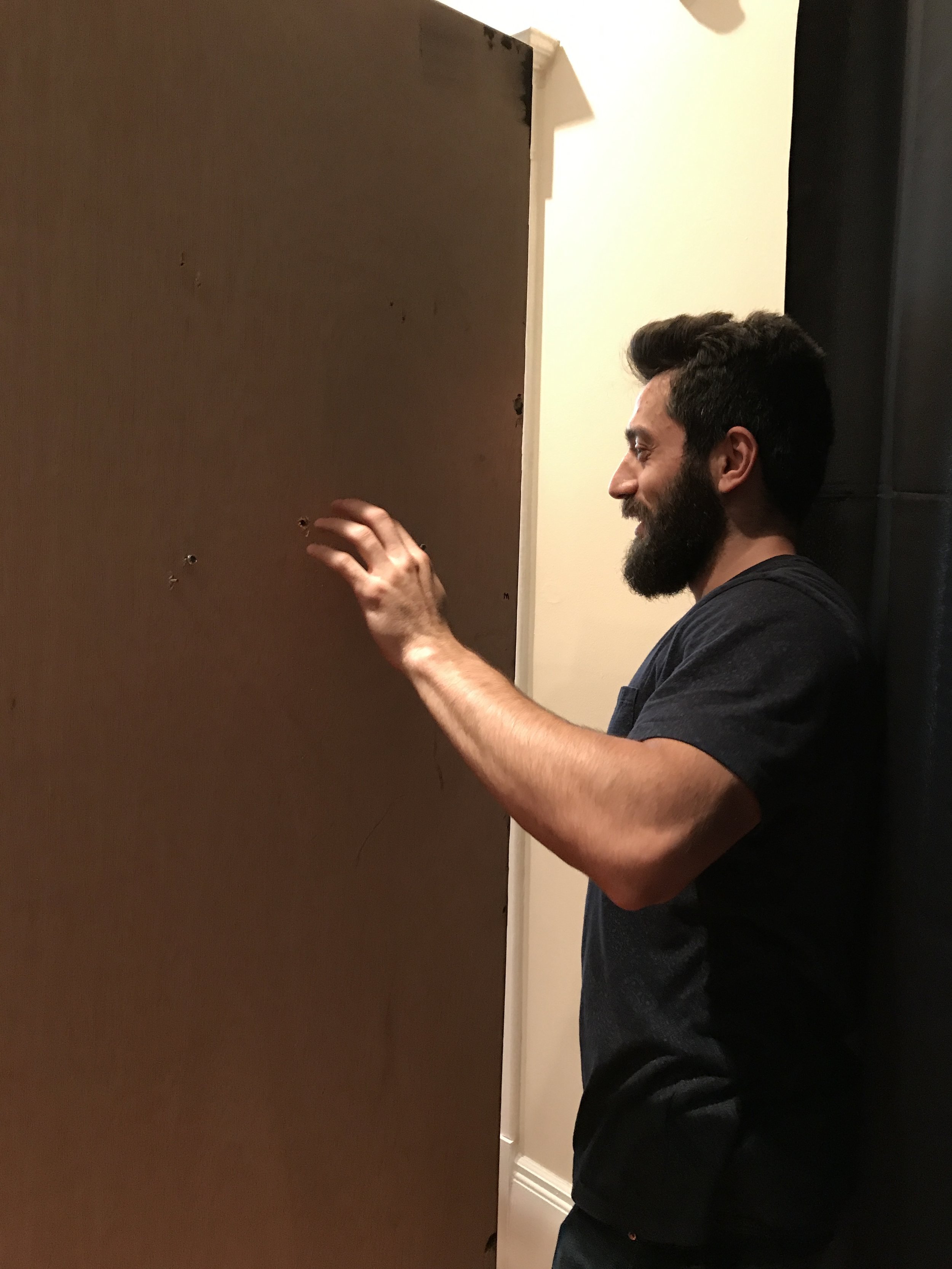
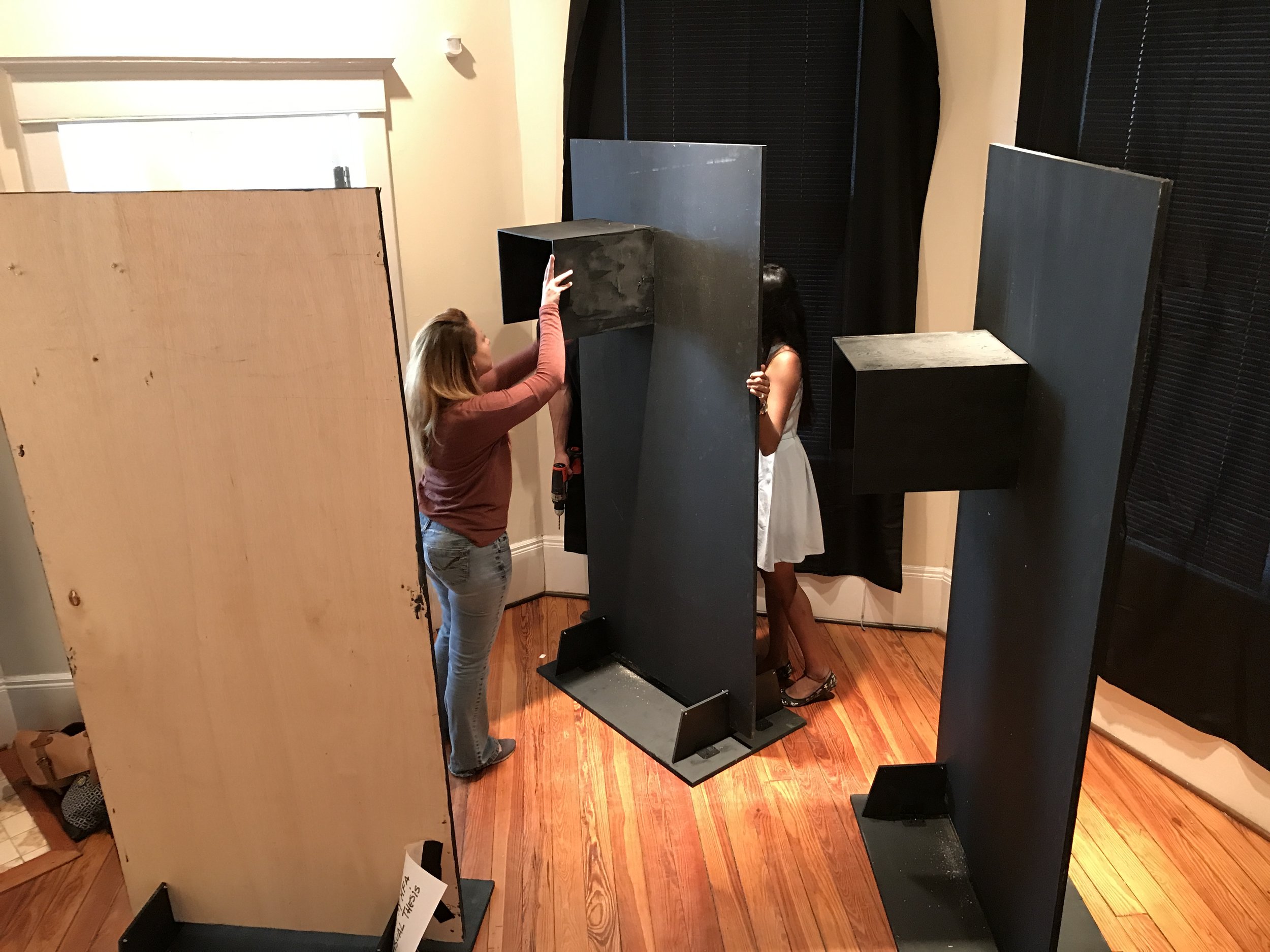

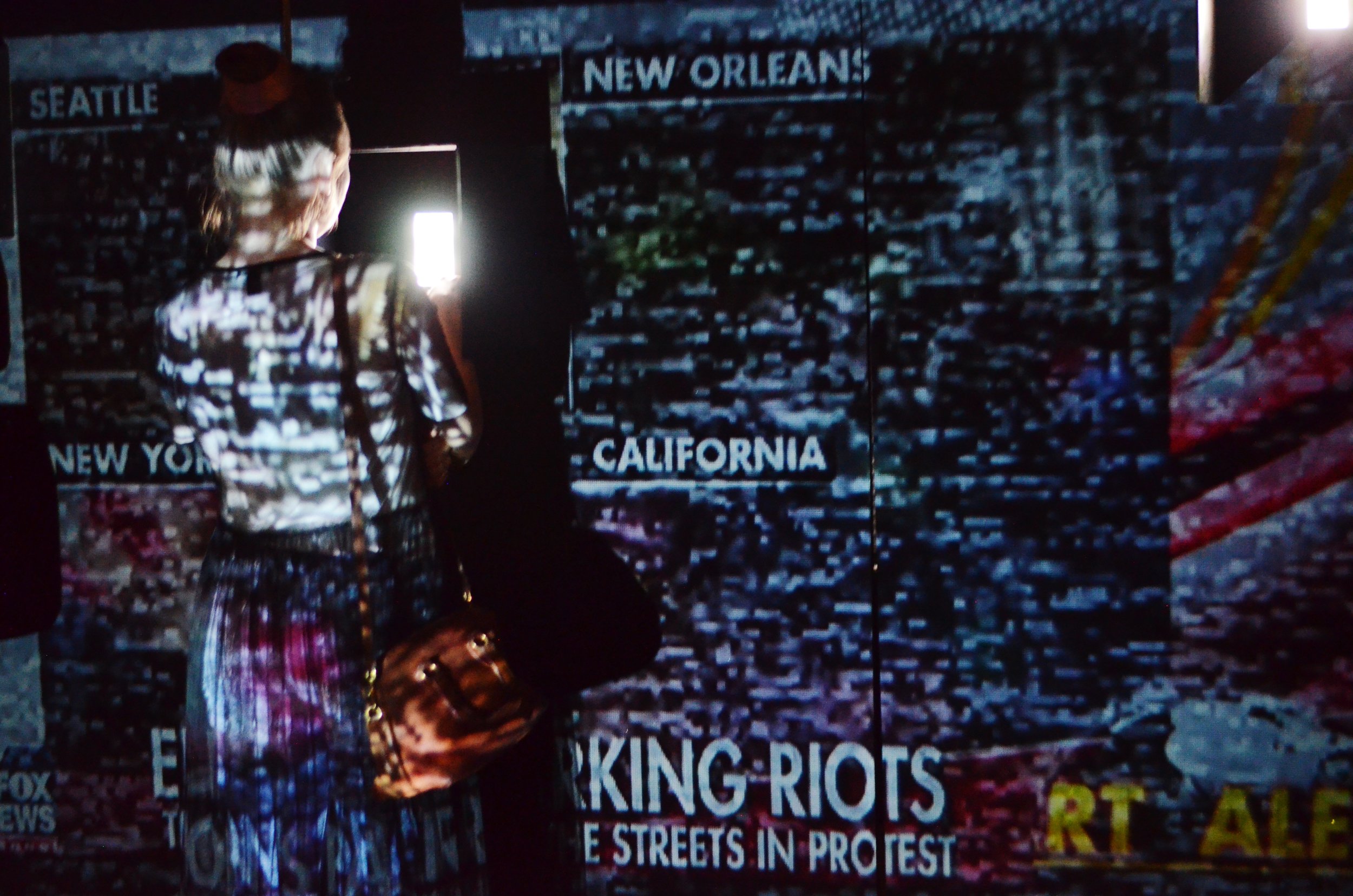
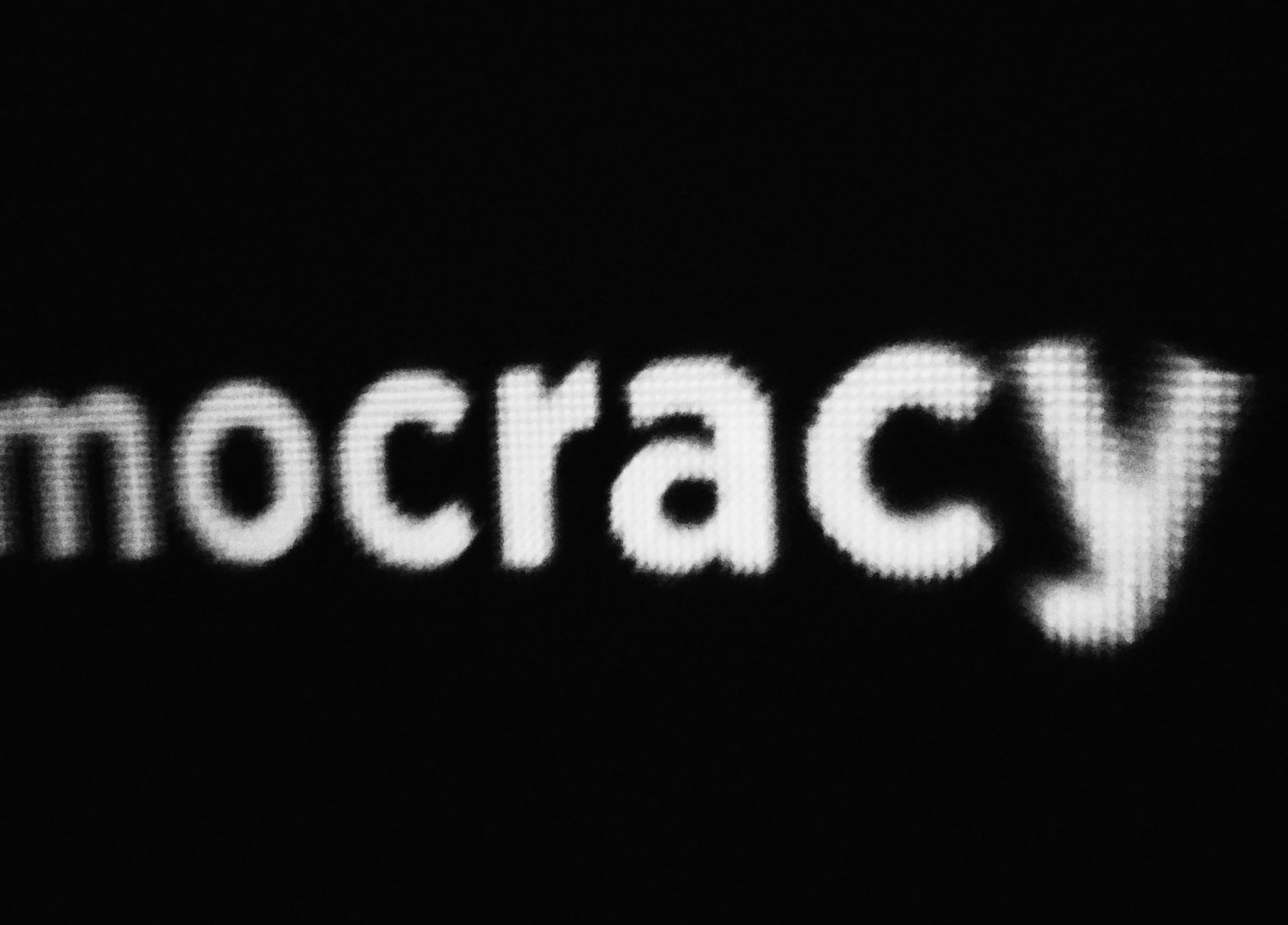
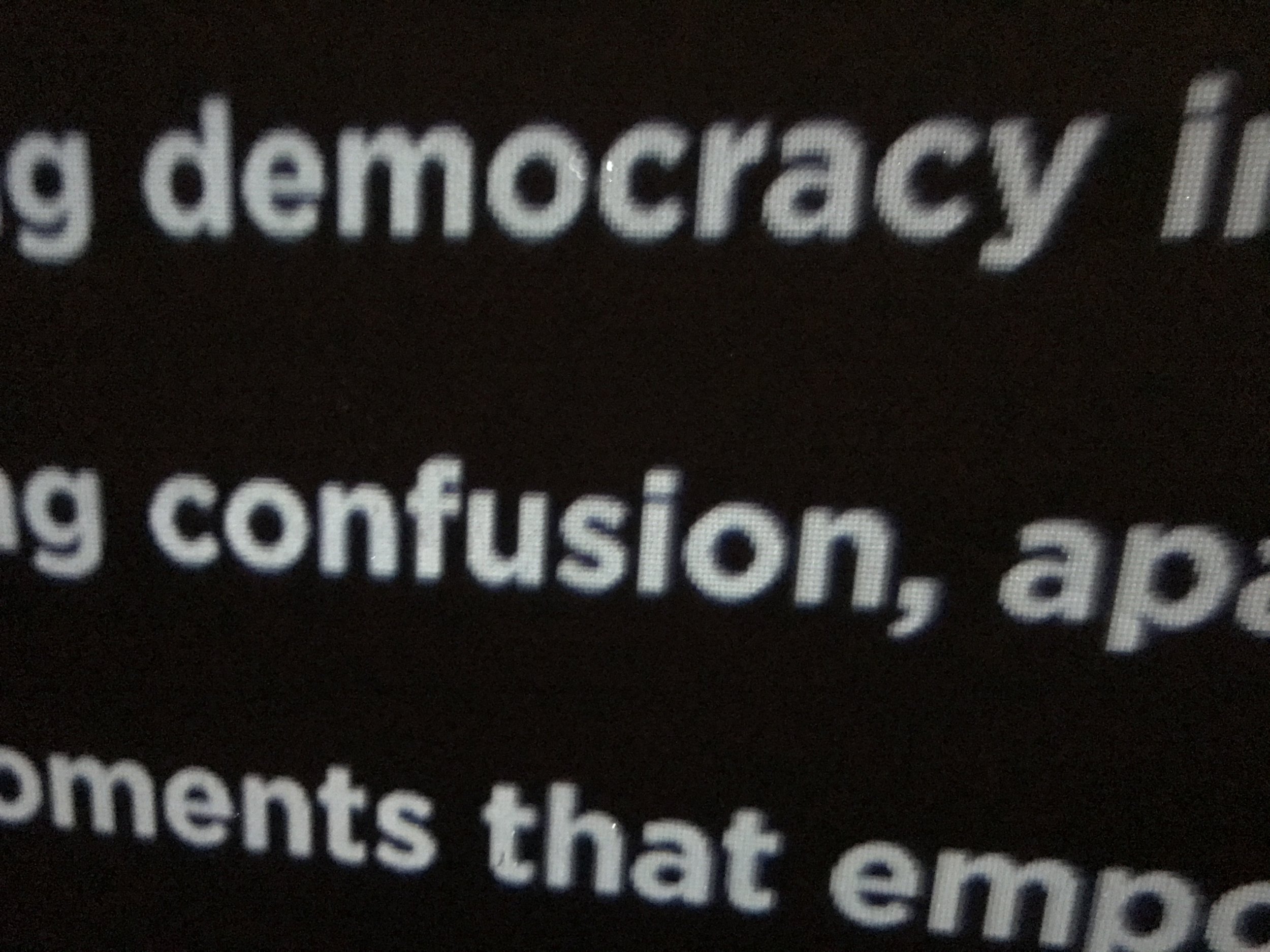
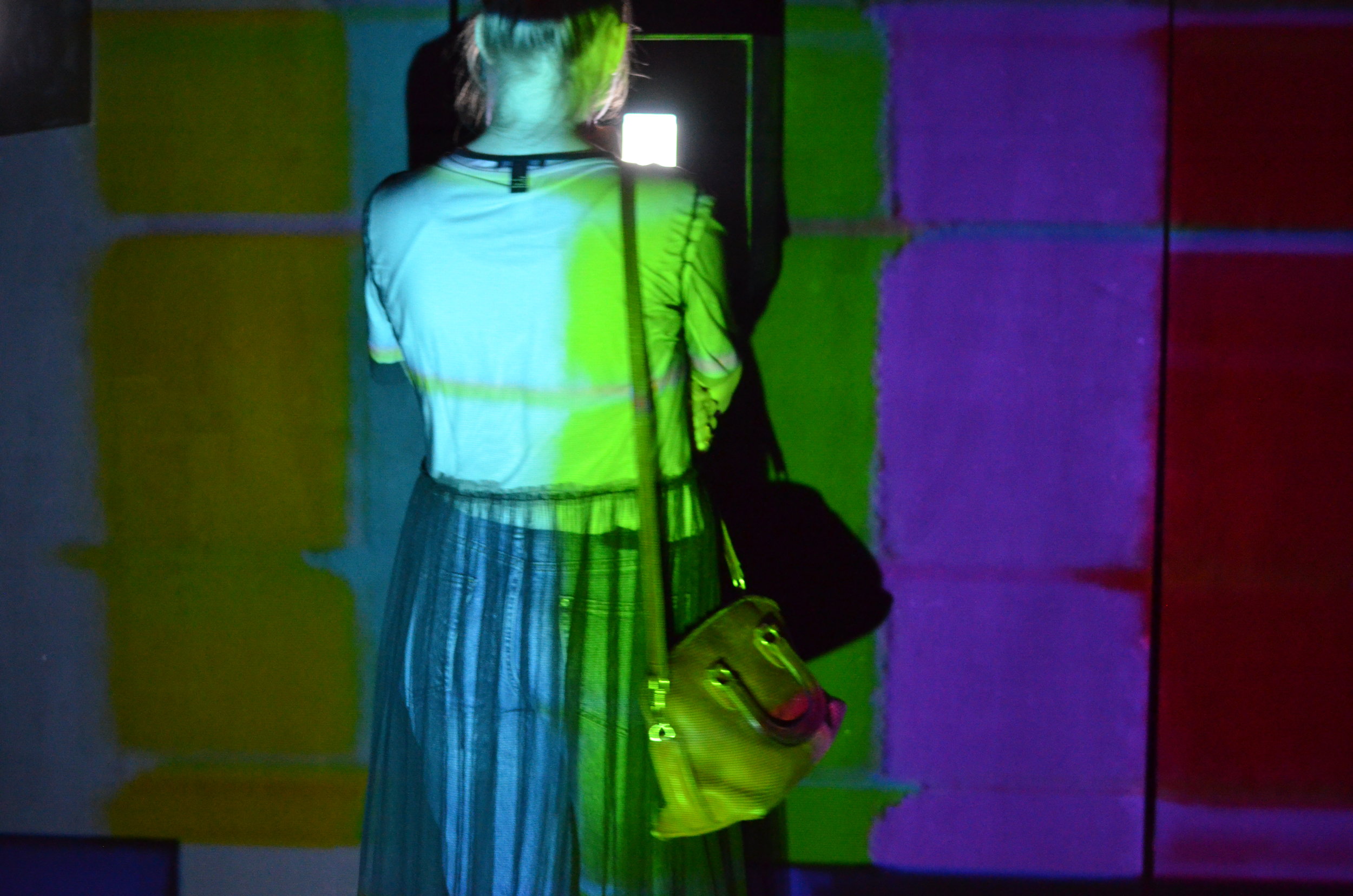
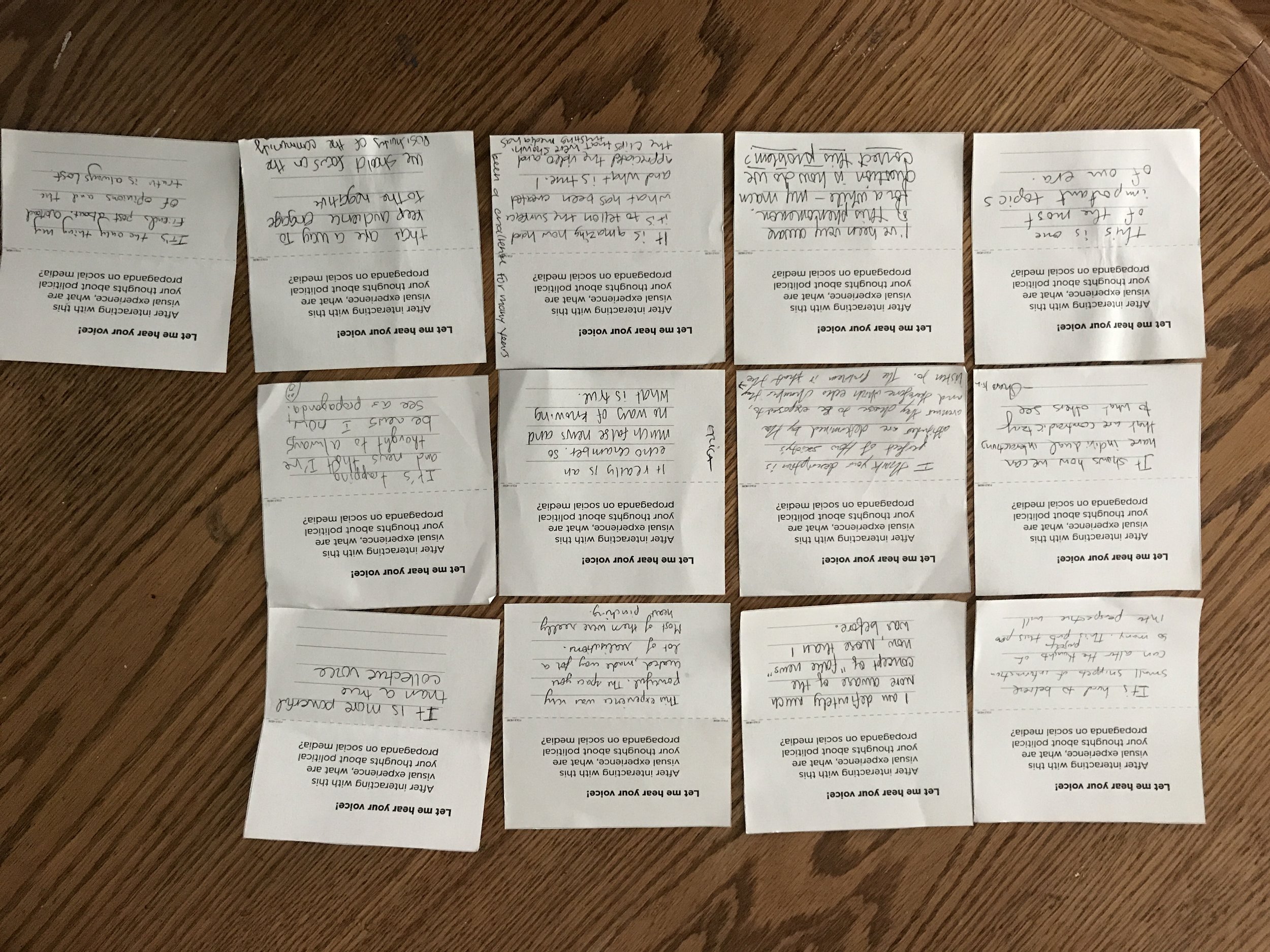
Social Media Apps
Video
Outcome
The goal of my visual thesis project was to create a visual experience combining two different worlds. In this experience, the room was completely dark. The concept of the real world was presented where the audience walked into the room and started listening and watching the information that was in the projection and on the phones.
The visual exploration is based on how the audience bases their lives around propagandistic messages in the media. In the room, there is a construction of three panels where a projection of political propaganda is displayed from the news, riots, and protests. These events represent the reality and reactions of people who are against and in favor of the propaganda. The narrative used for this projection was the reality of the society. When people step inside the room where the projection is displayed, this action represents that people are a part of the reality.
The panels represent the wall of social media, where there are three cubes with devices. As the people approached the cube they became users, where the sides of each cube extend around their face and block them from the projections around them. On the screen of each device are postings from social media such as Facebook, Instagram, and Twitter. The users will scroll through social media platforms that are designed with fake, satirical, and real political information. Also, the users are allowed to “like” the information that is presented. When the information of the propaganda is “liked”, it will pop up information that is related to how the users interact with it. This reaction can be positive or negative. At the end of the scroll is a message that will take them to the beginning of the social platform and be ready for the next user. These cubes represent the echo chamber of how the information is caught inside of them. However, at the same time. when the users are in front of cubes the snippets of the videos are projecting behind them.
At the end of this visual experience, the audience wrote their feedback on a slip of paper and put it in a ballot box that was designed for this purpose. This feedback was used to finish the conclusion of this research paper. It was important for the audience to share their opinions because the visual element created a new experience in their minds. Now, this audience is more aware of what is happening in social media and the creation of propaganda.
Some of the audience members were curious about what was inside the cubes. Some of them touched the phone and interacted with the information that was displayed on the screen. Some of them were fascinated by how the information was displayed and comprehended that social media plays a role in their lives when political information is disseminated around the platform. The participation of the audience was essential to the visual experience because most the people who walked inside the room expressed that it was a thoughtful and powerful project that represents modern society.
Final Exhibition
Conclusion
The main goal of this research is to create awareness of how people are becoming users of social media, which brings inequality and a one-sided world to users. The power that social media has created has resulted in the theory that whatever is on the screen must be factual. Users are becoming shallow thinkers because they accept anything on the virtual platform as reality. Even more, social media is designed to engage the desire to share things that users believe are interesting. These platforms evaluate their designs as experiments creating an illusion of what users can participate creating propaganda of any kind. It is imperative that users understand that social media is based on the options they use to move around the screen. This doesn’t represent real life but is becoming reality when users create this shallow experience.
Social media and its culture are constantly progressing due to the users and their adaptations of each forum. This research paper has focused on political propaganda in social media but it has already expanded beyond that to social problems, cyber-attacks and terrorism. No matter what the issue is, users will always have the desire to interact. Because users are adapting to social media, there is a possibility to find a new way to explore users’ behaviors and control the dissemination of propagandistic information.



